In the first two decades of the 20th century, the Bronx was a borough of explosive growth, transforming from a collection of small towns and country estates into a dense urban landscape. This era saw the construction of grand civic buildings, elegant apartment houses, and world-class institutions that defined the borough’s new identity.
The civic heart of the borough was Bronx Borough Hall, a grand building of brick and stone that stood in Tremont Park. After the consolidation of New York City in 1898, this building served as the headquarters for the new Borough President and the center of local government. The borough was also benefiting from the philanthropy of Andrew Carnegie, with new, handsome public library branches being built in neighborhoods like Tremont to serve the growing population.
Along the wide, Parisian-style Grand Concourse, a new type of elegant residence was beginning to appear. Large, ornate apartment buildings, designed with decorative facades and spacious layouts, were being constructed to attract middle-class families moving up from the crowded tenements of Manhattan. These new buildings represented a more modern and prestigious style of urban living.
Read more
The Bronx was also home to major educational and cultural institutions. In the heart of the borough lay Bronx Park, which contained two world-class attractions. The New York Botanical Garden featured its magnificent glass Conservatory and the old Lorillard Snuff Mill along the Bronx River. Just to the south was the Bronx Zoo, famous for its grand, Beaux-Arts style animal houses, like the Elephant House and the Lion House, which were designed to be architectural marvels in their own right. Fordham University, with its Gothic stone towers, was a long-established center of higher learning, giving its neighborhood a distinct collegiate atmosphere.
Connecting the Bronx to Manhattan was a series of impressive bridges over the Harlem River. The steel-arched Washington Bridge and the newer University Heights Bridge were vital arteries carrying trolleys, wagons, and the first automobiles. Overhead, the elevated train lines snaked through the borough, their steel trestles and bustling stations becoming defining features of neighborhoods like West Farms and Mott Haven.
On the waterfront of the Harlem River, just across from Manhattan, stood a major entertainment landmark. The Polo Grounds, home to the New York Giants baseball team, was one of the most famous stadiums in the country. While technically in Manhattan, its grandstands were a dominant feature of the view from the Bronx, and on game days, the roar of the crowd would carry across the river.



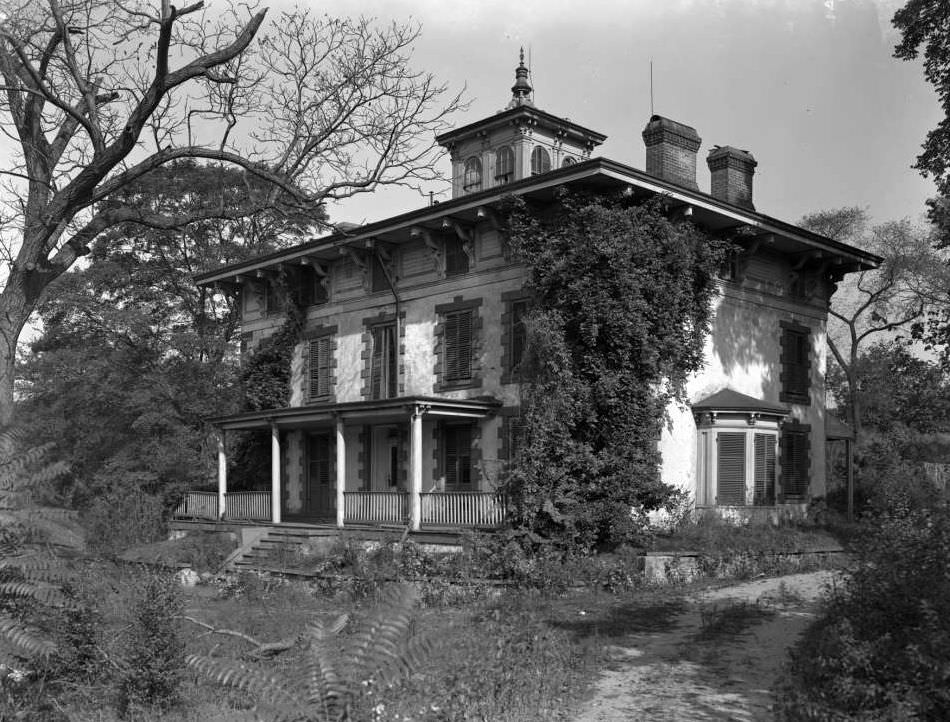
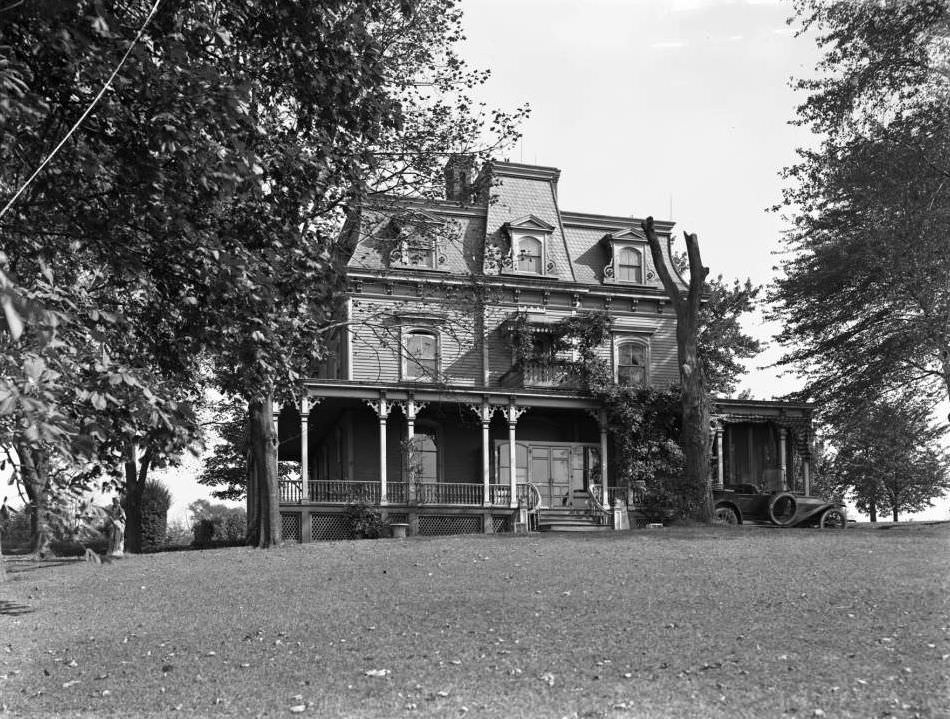
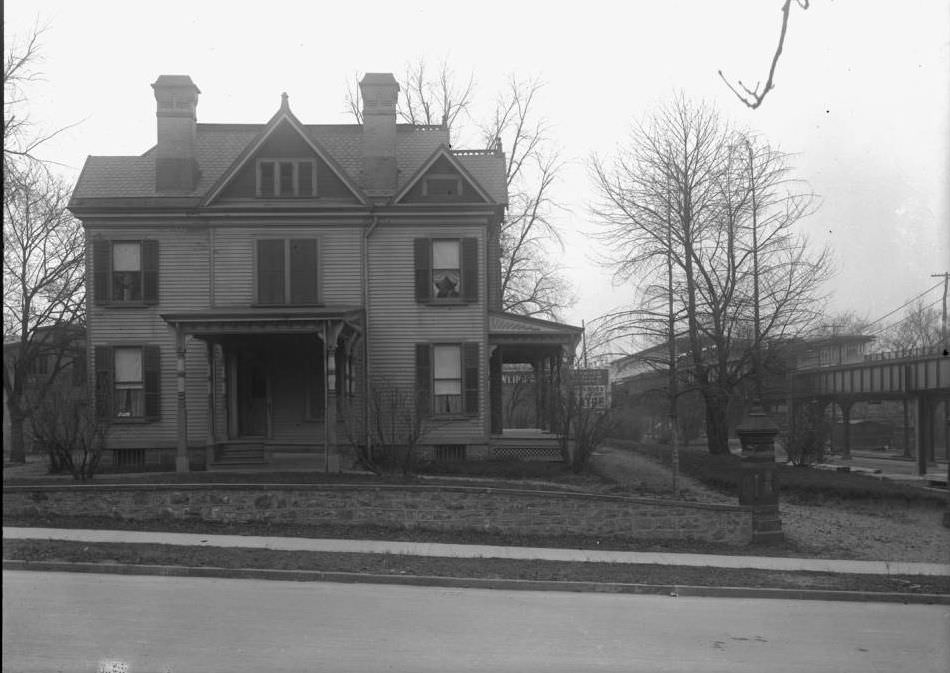
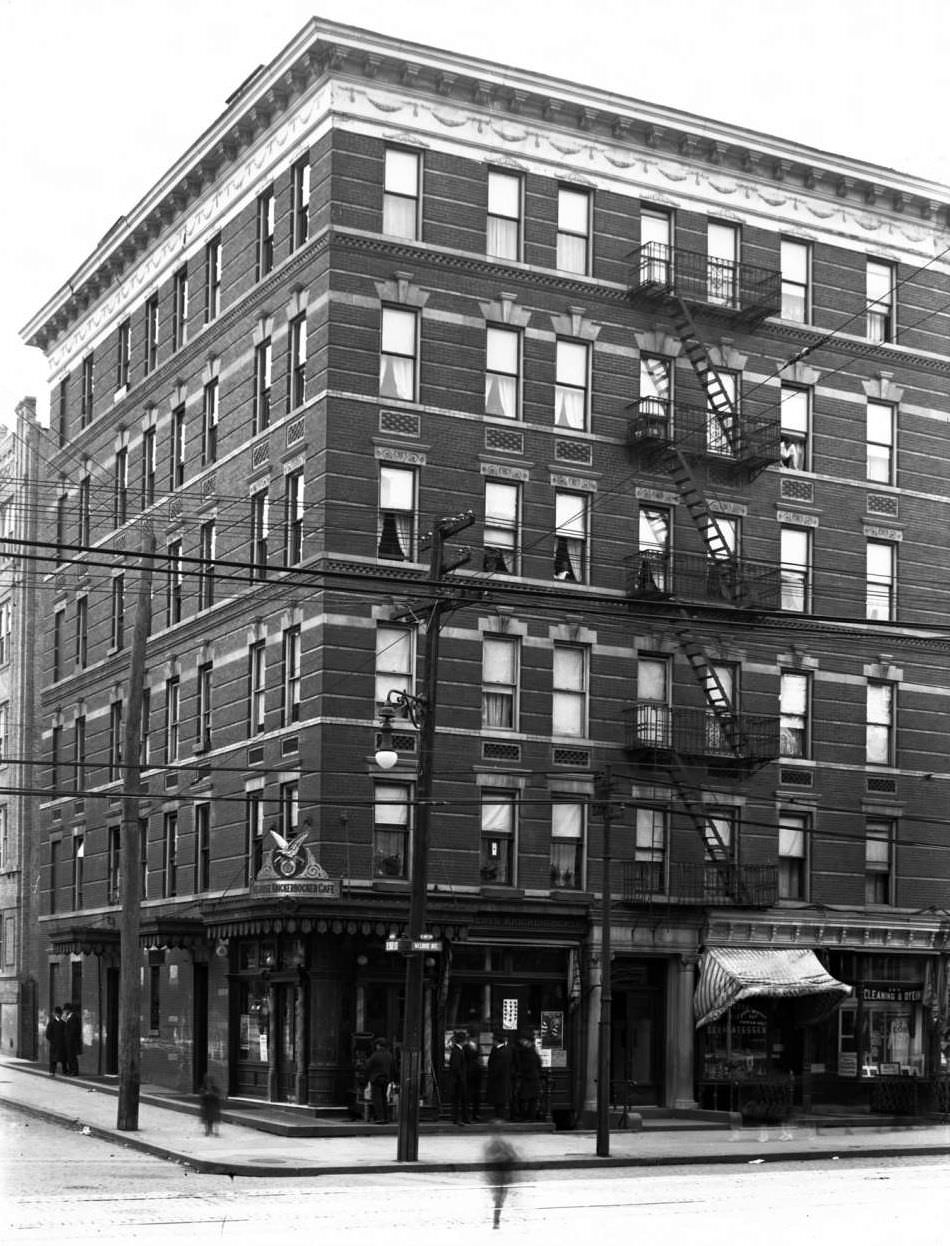
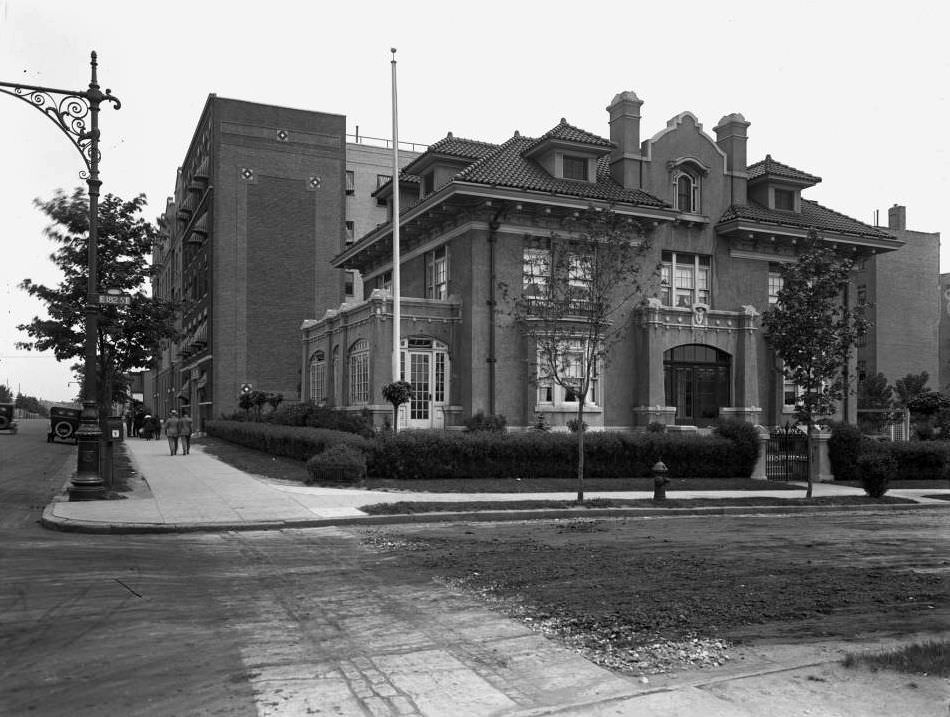
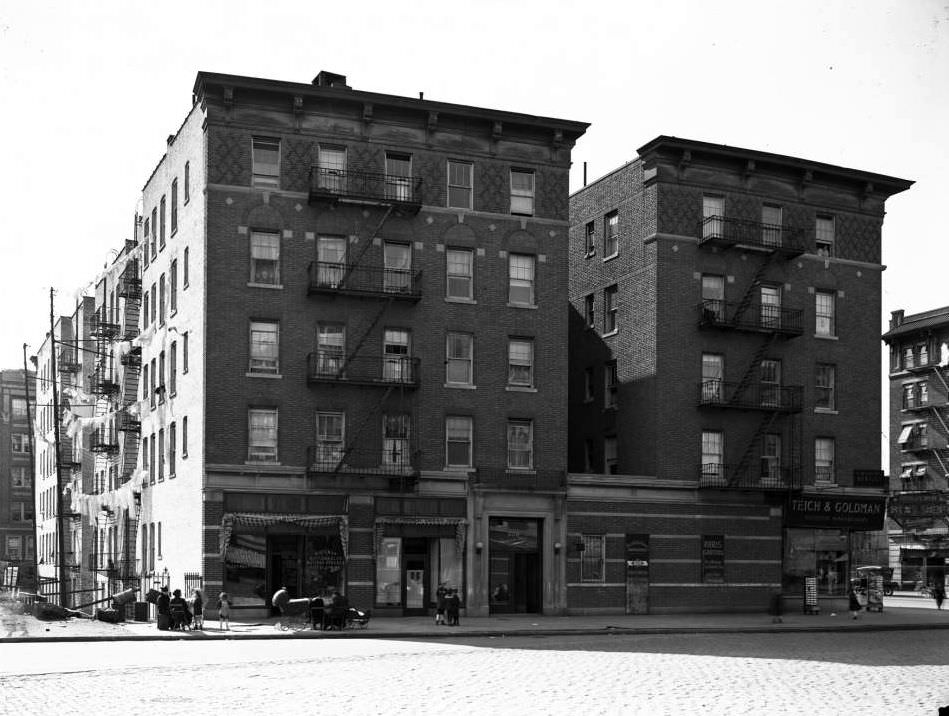
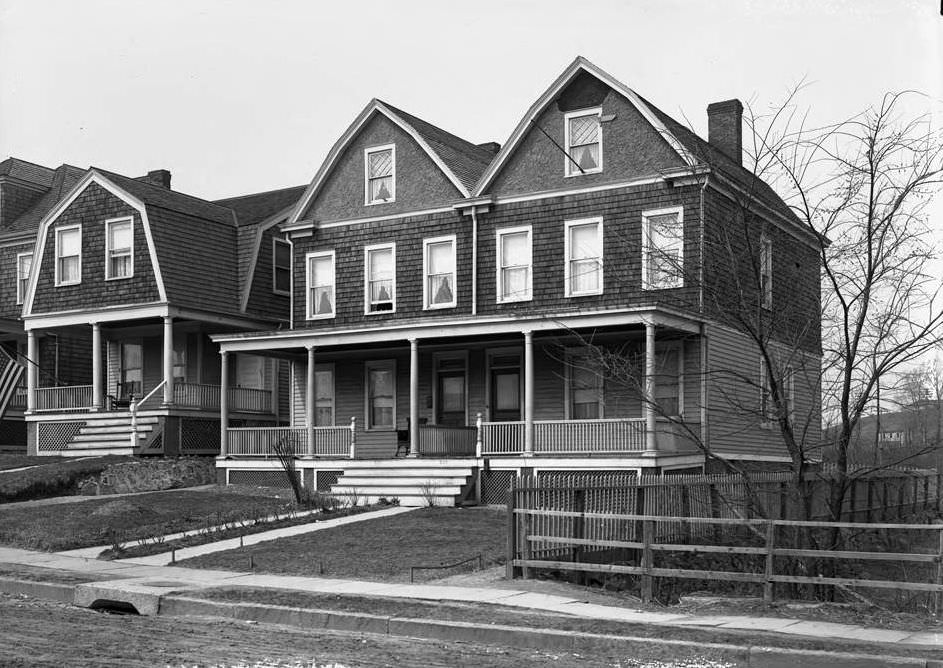
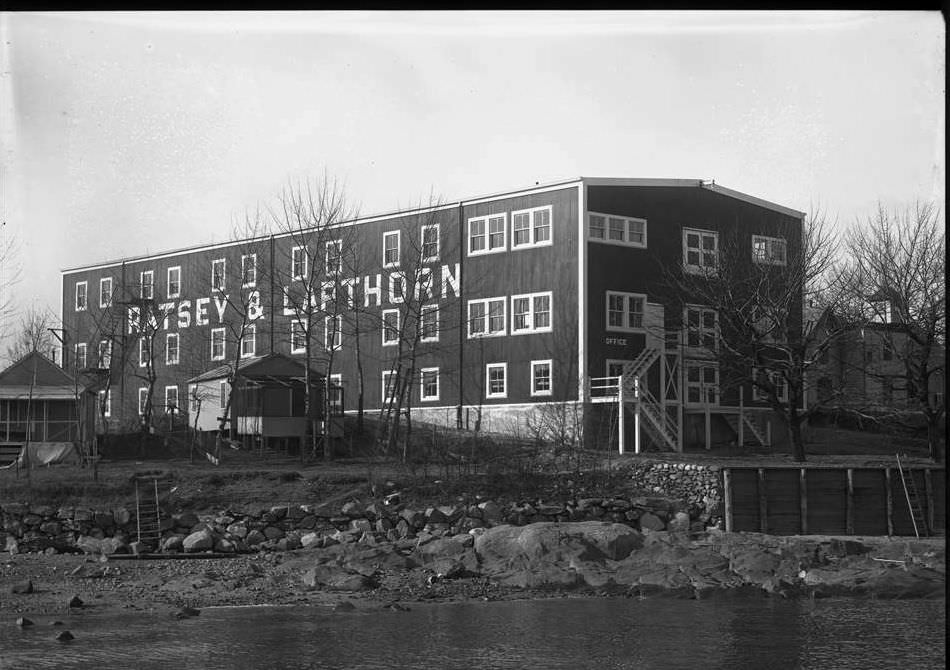
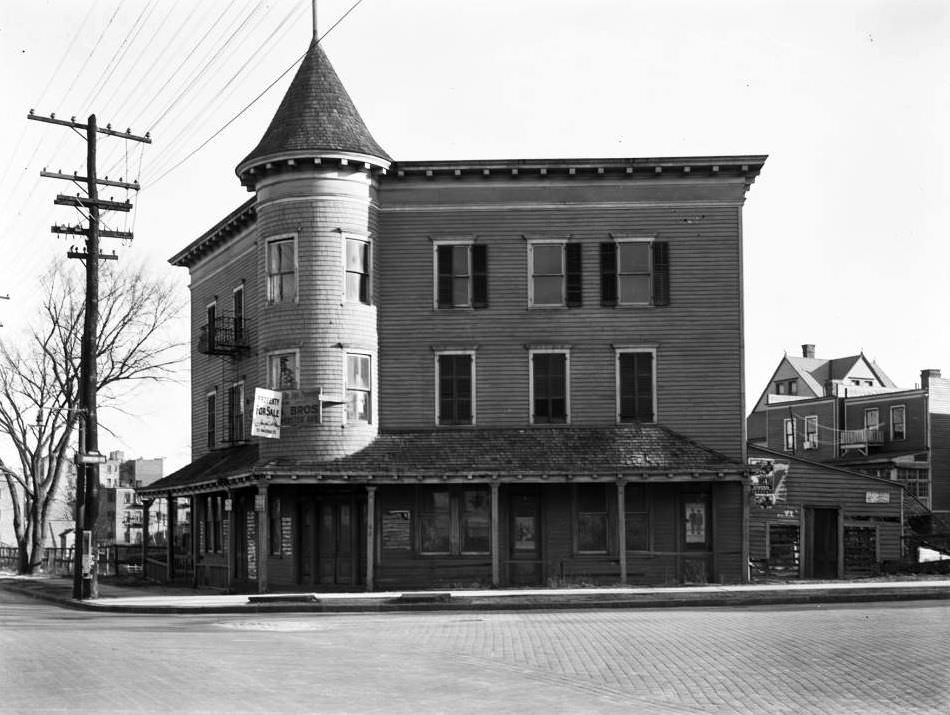
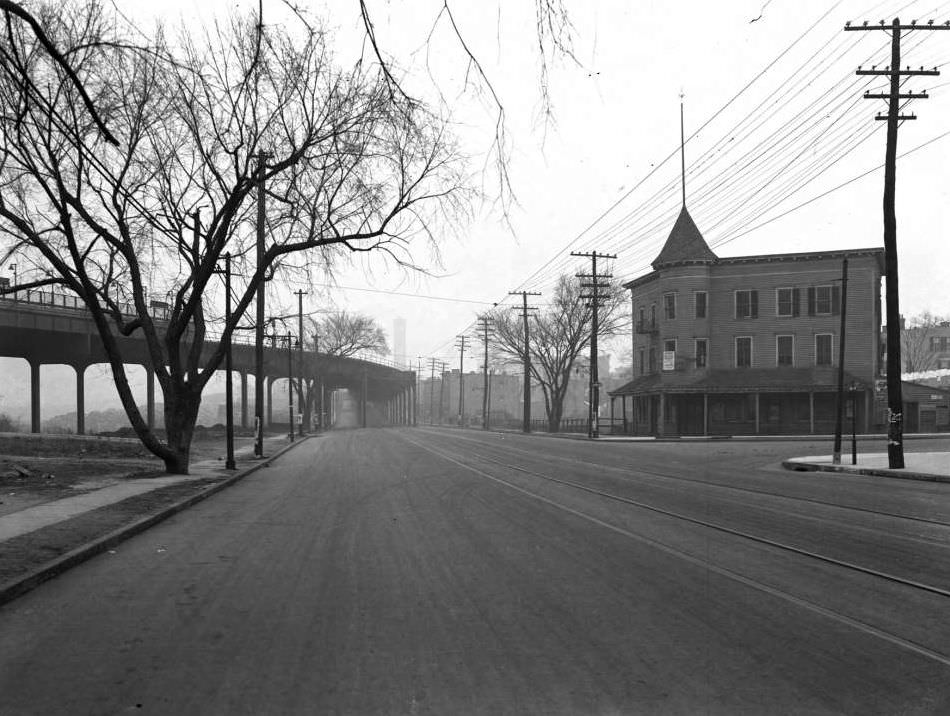
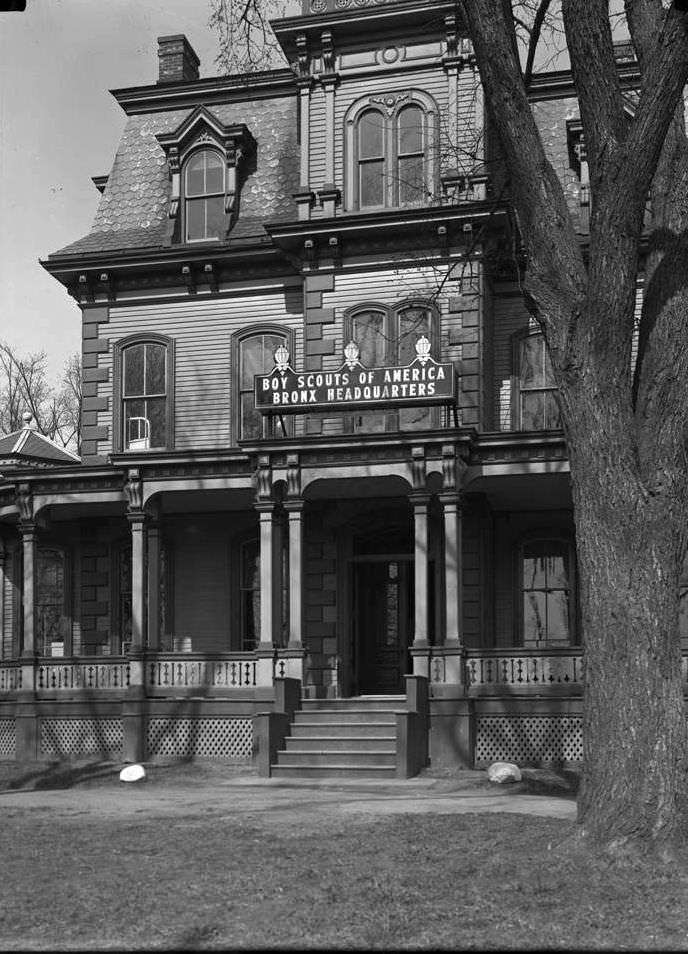
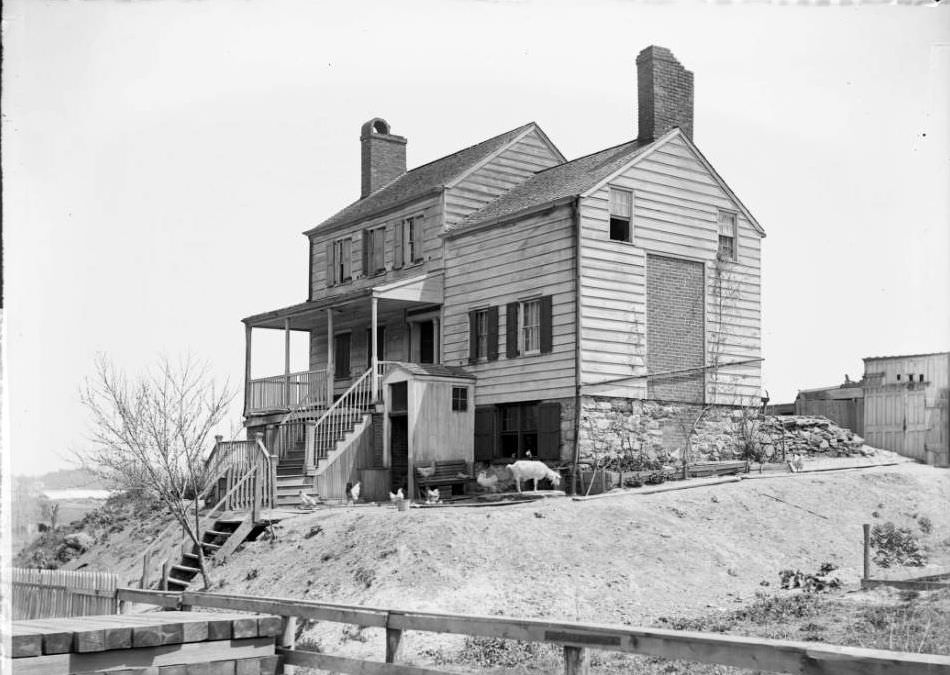
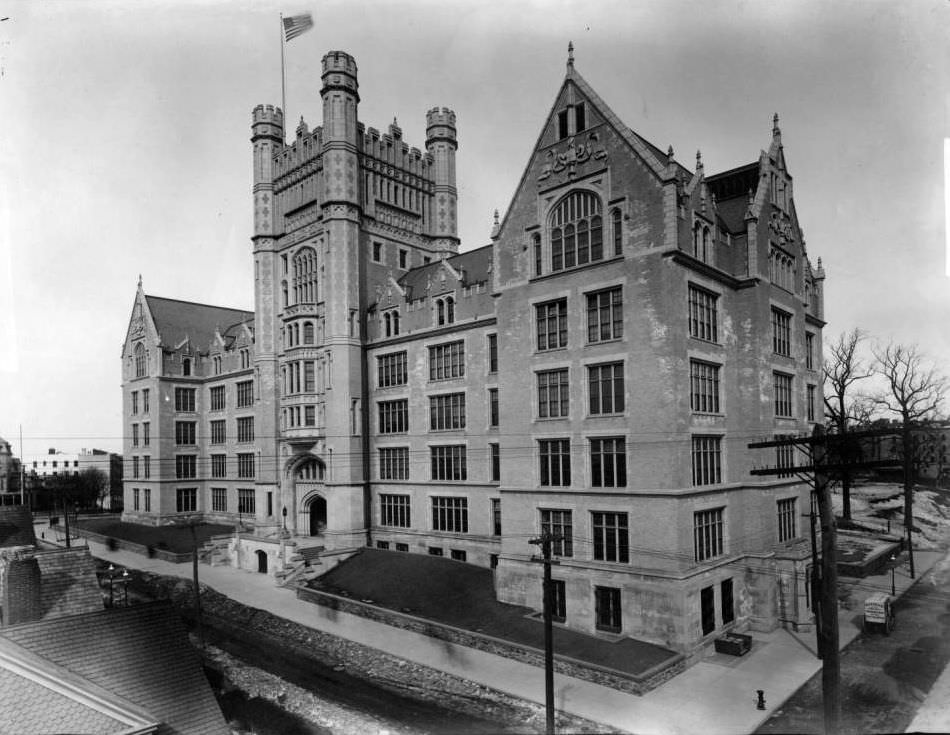
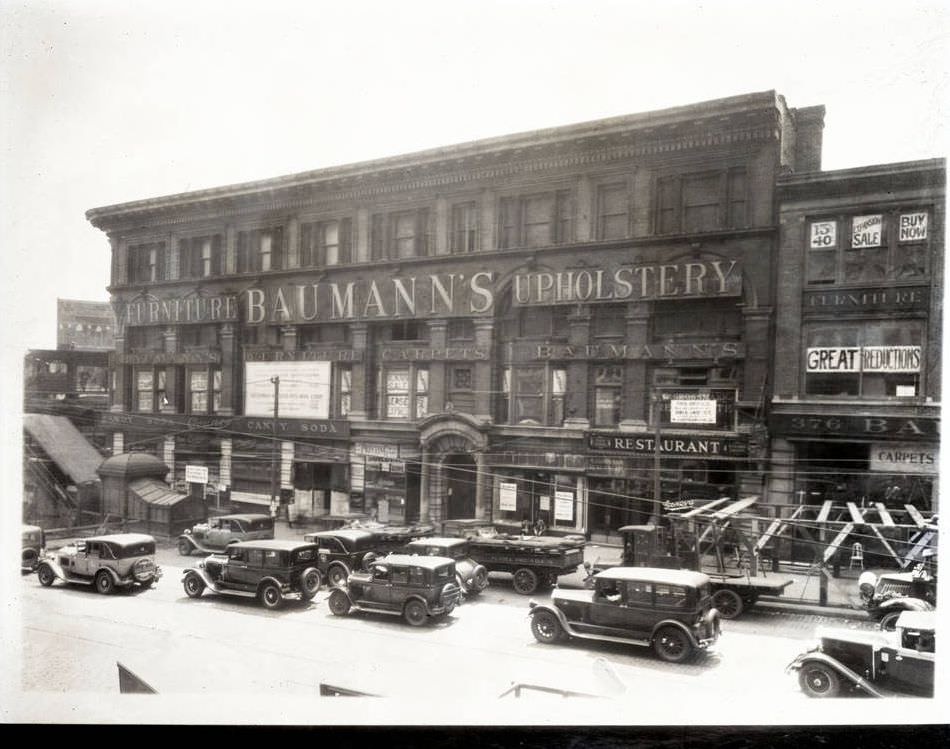
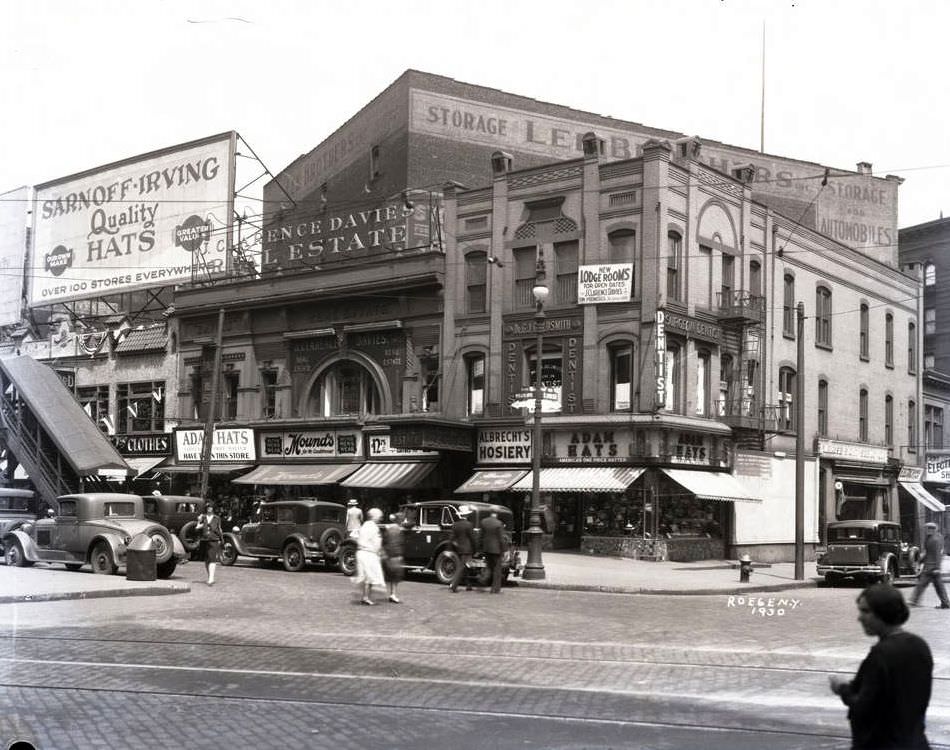
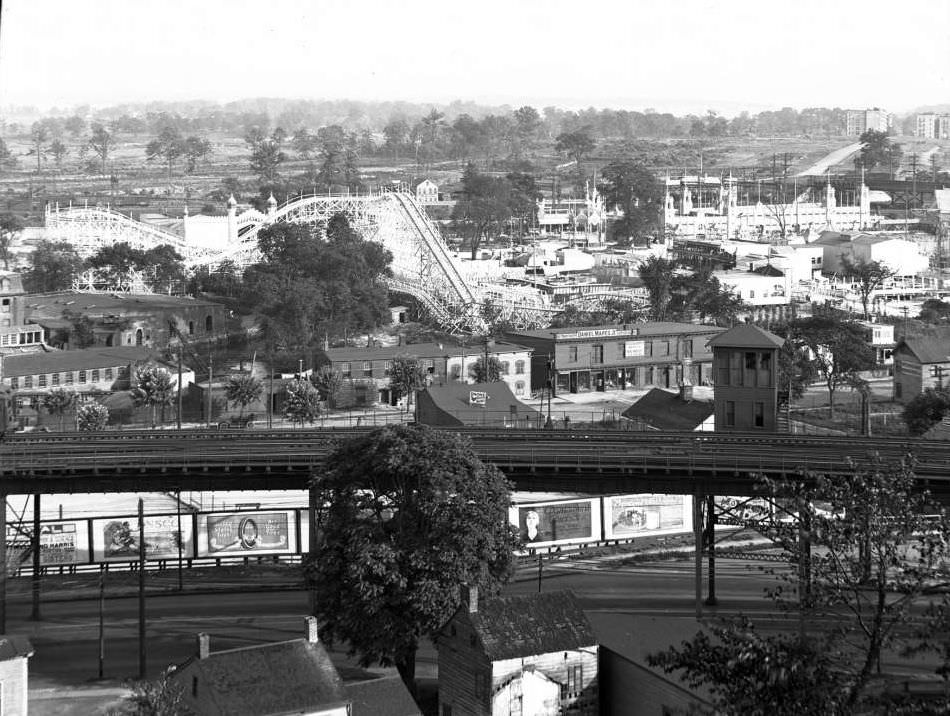
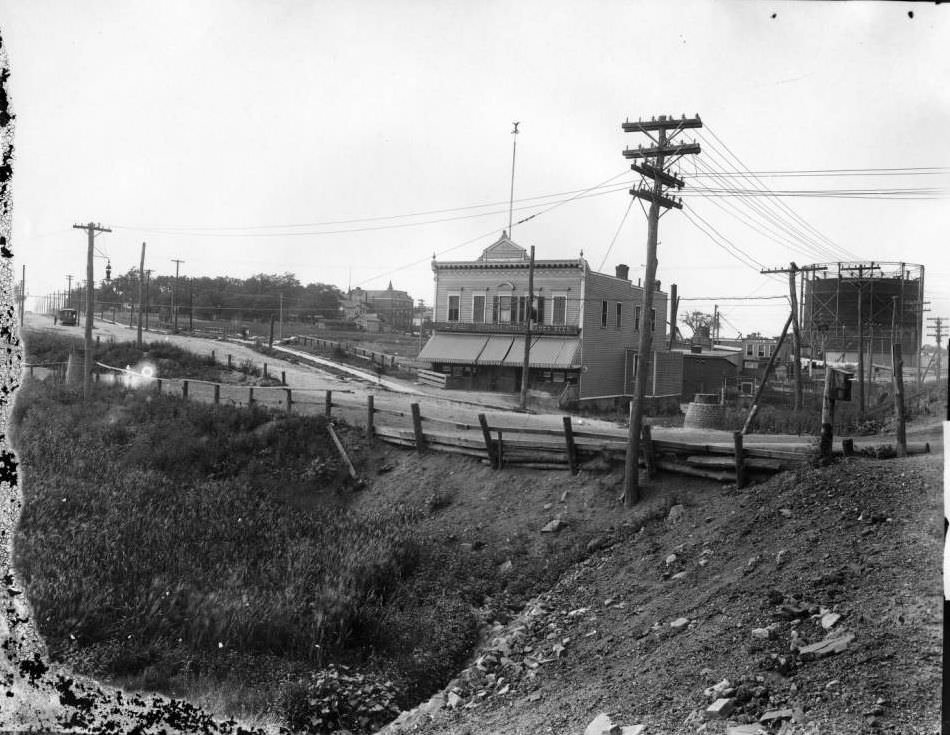
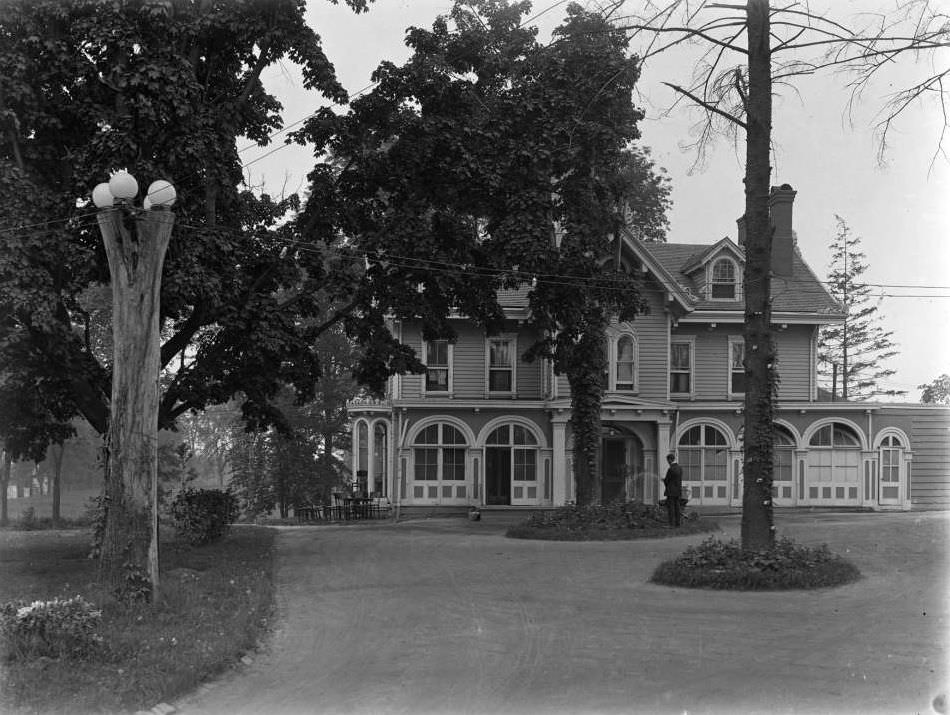
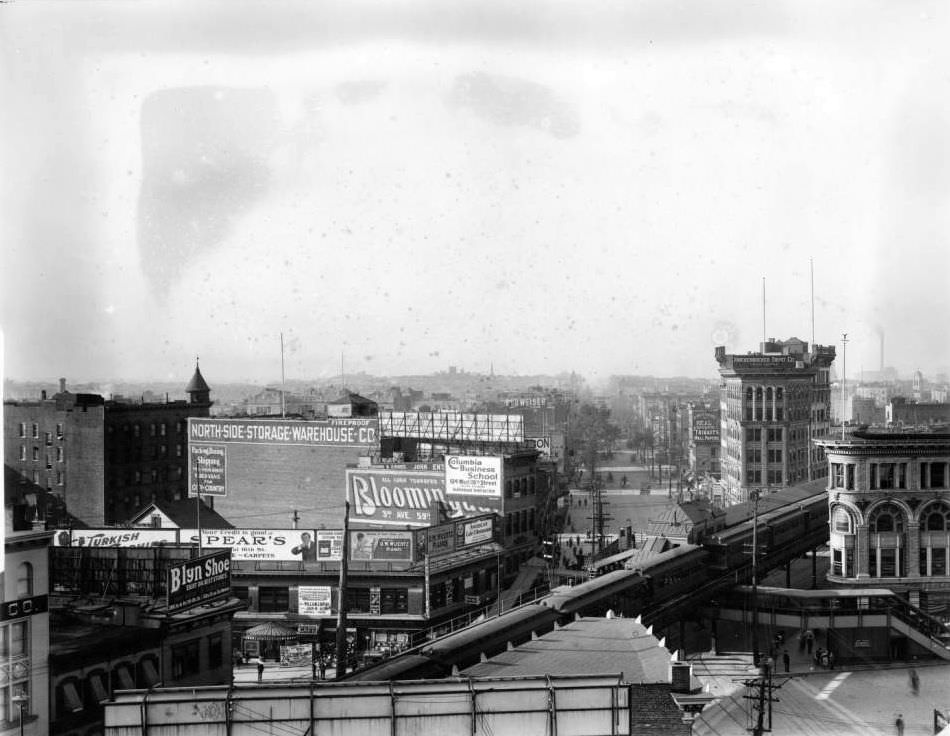
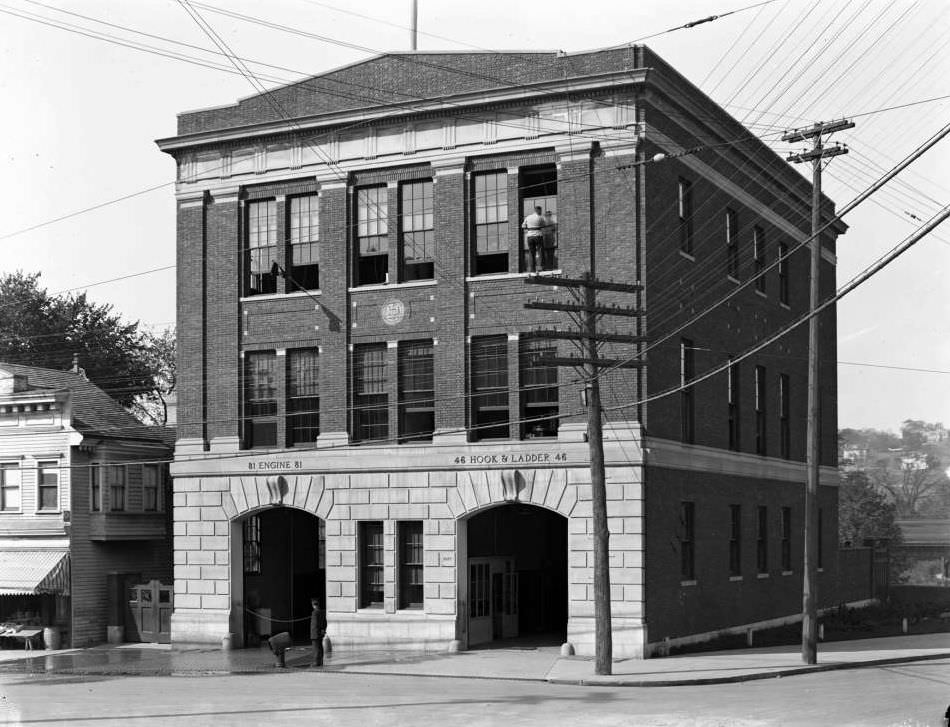
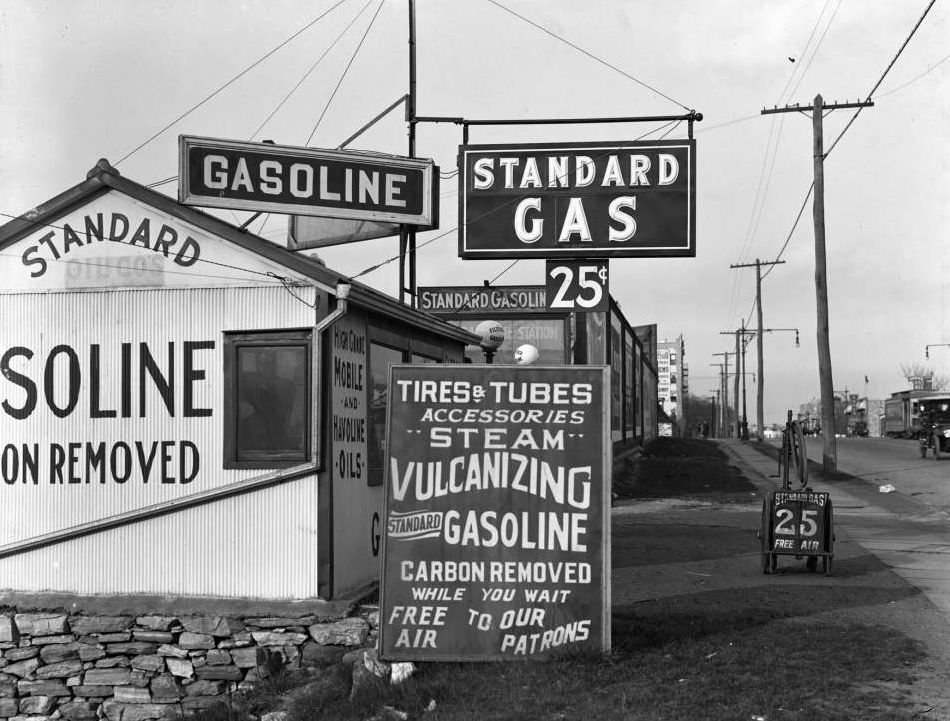
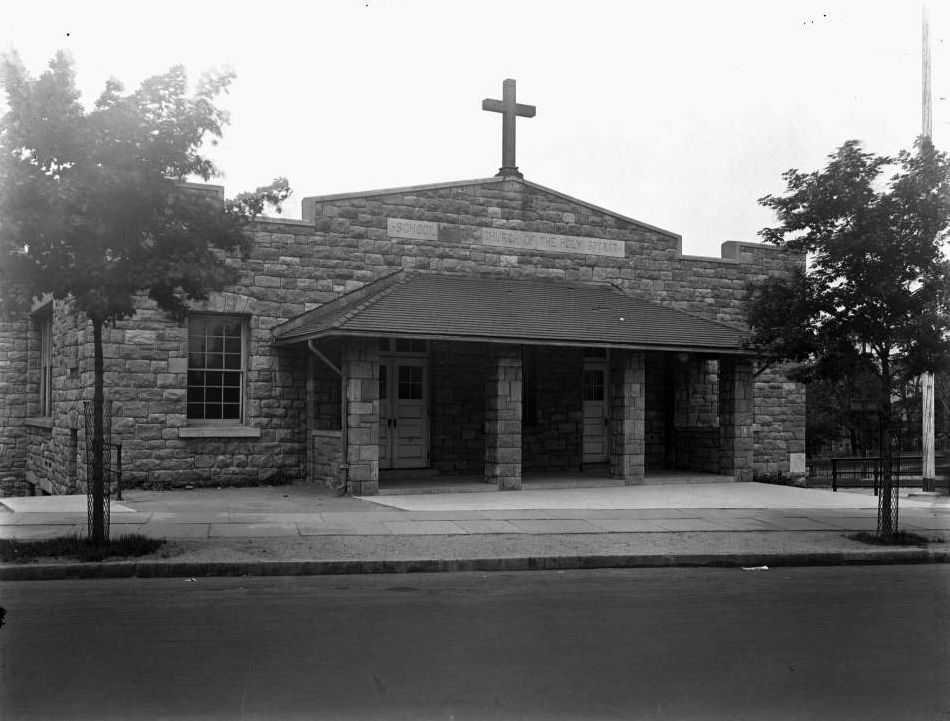
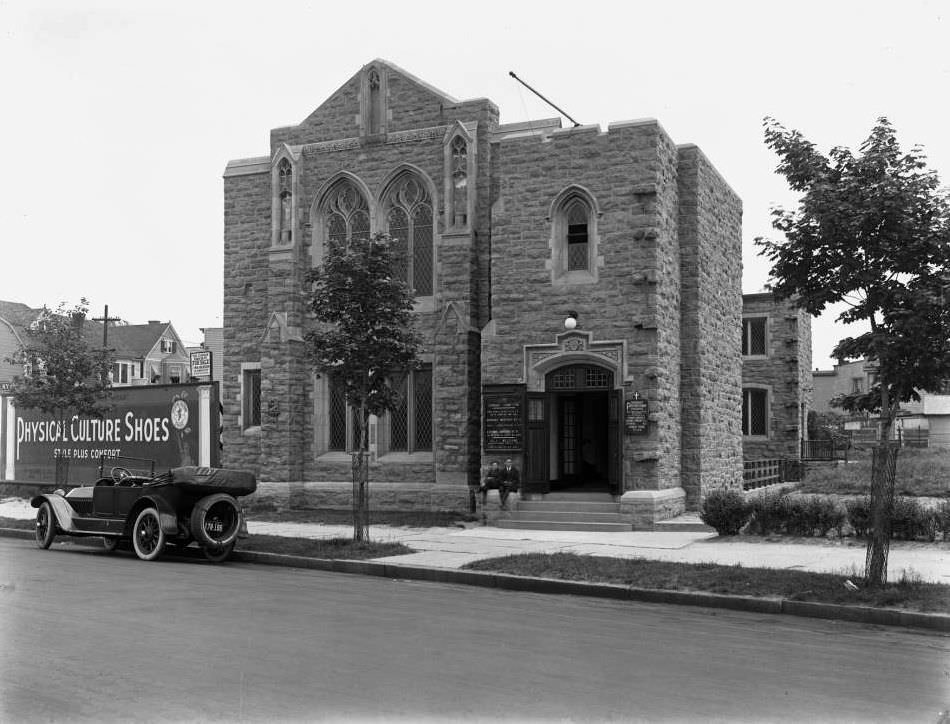
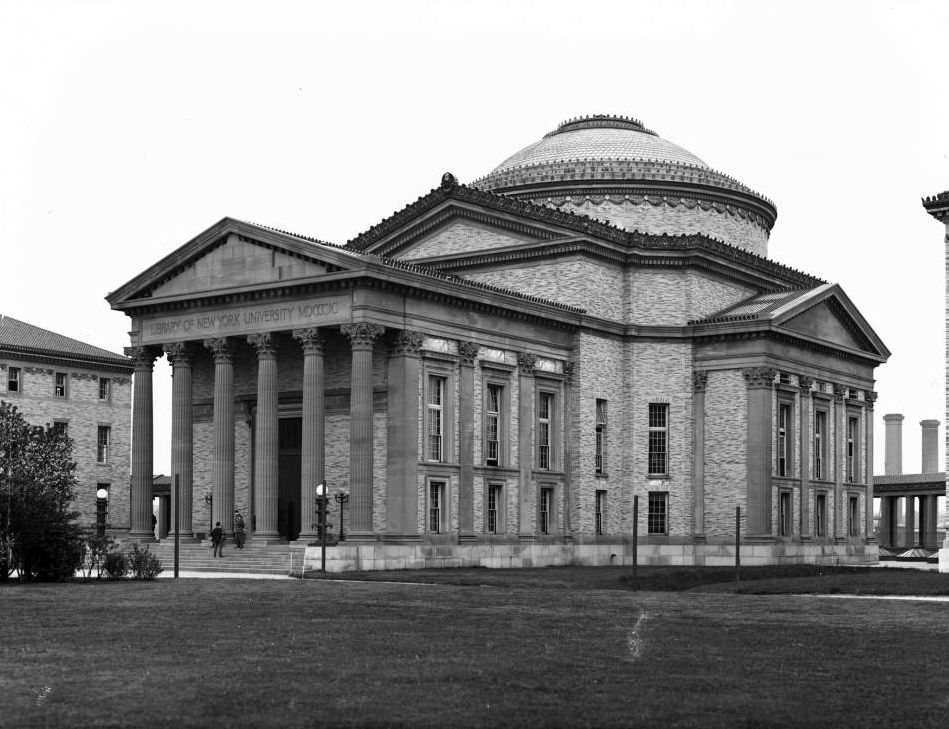
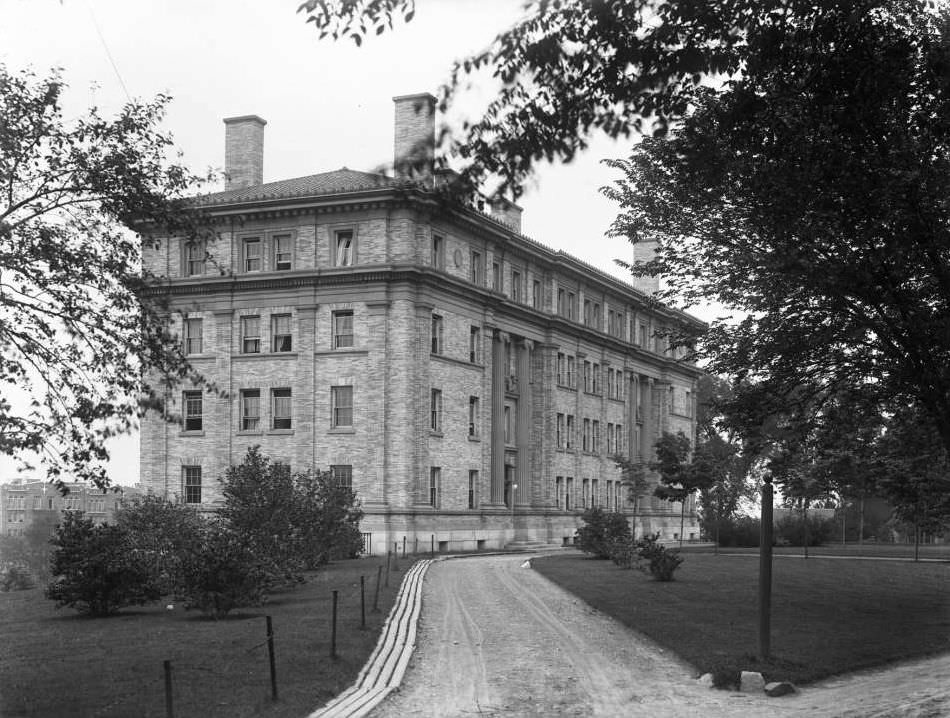
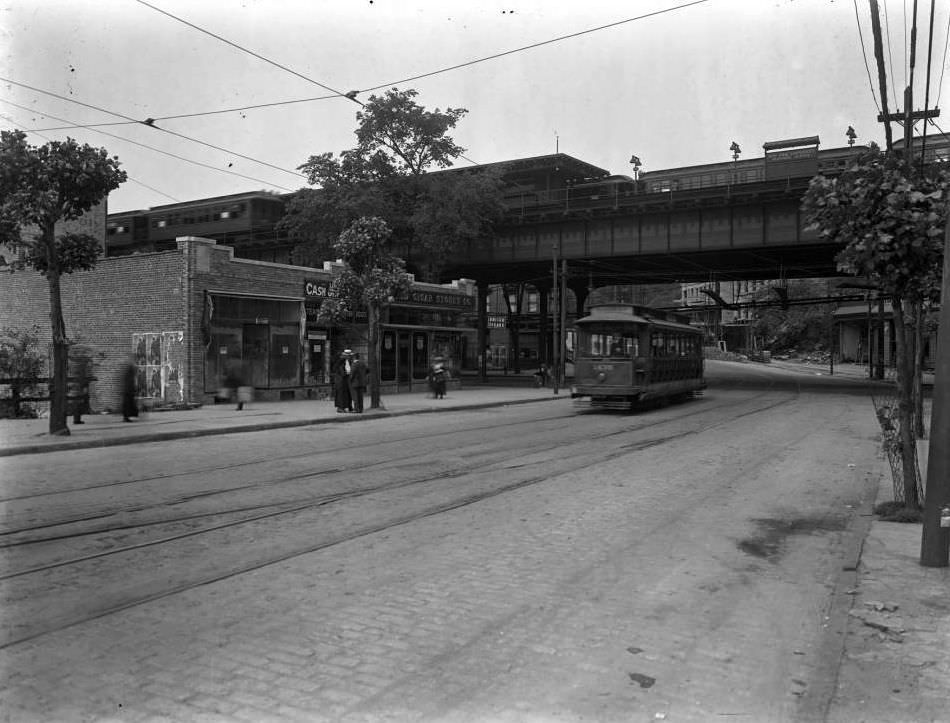
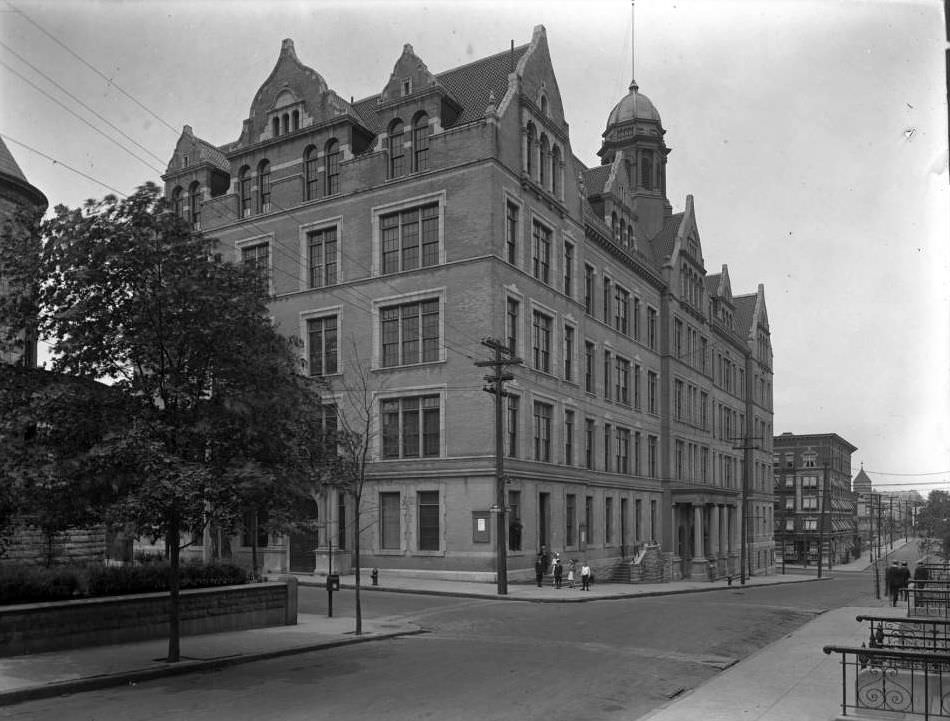
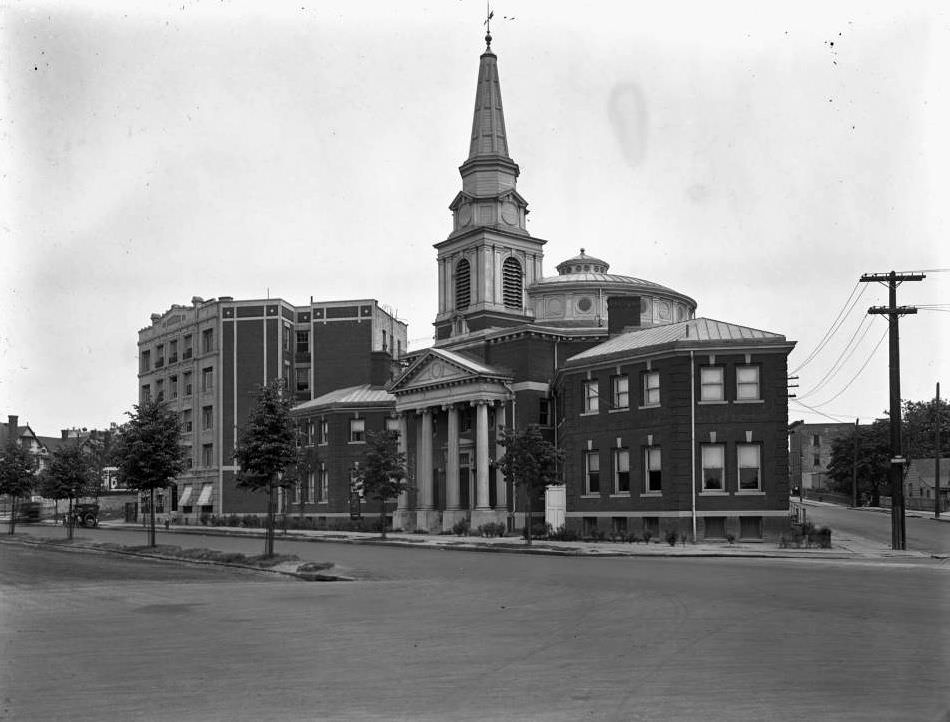
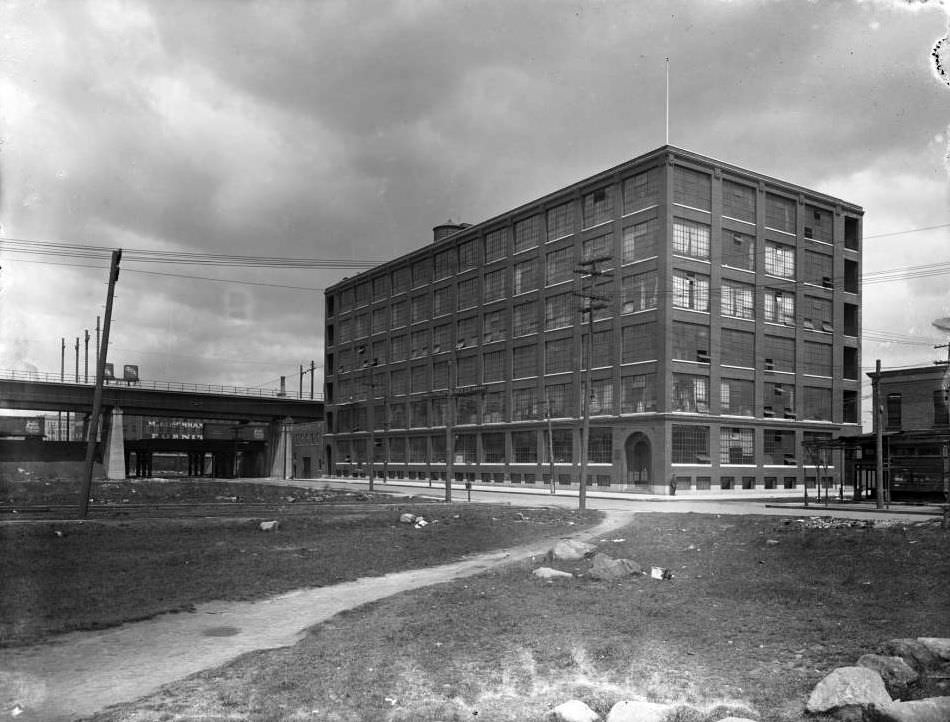
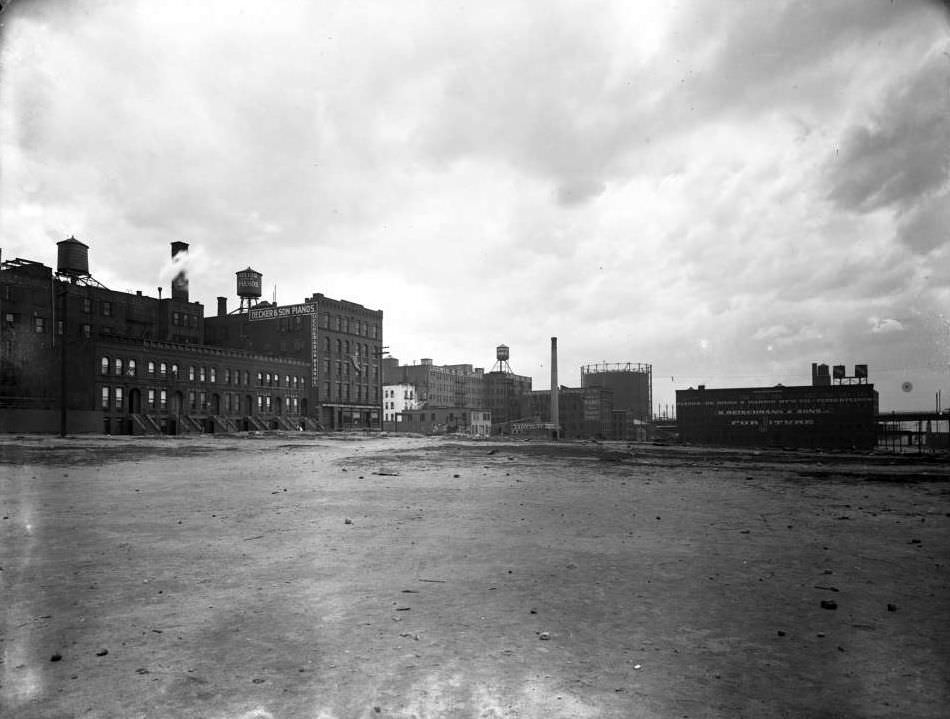
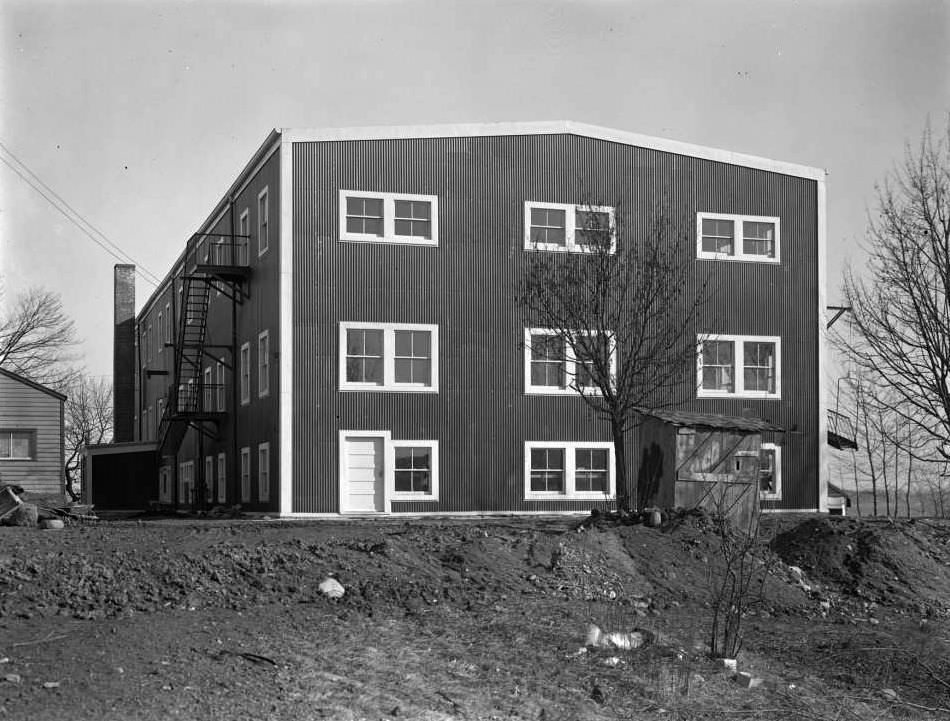
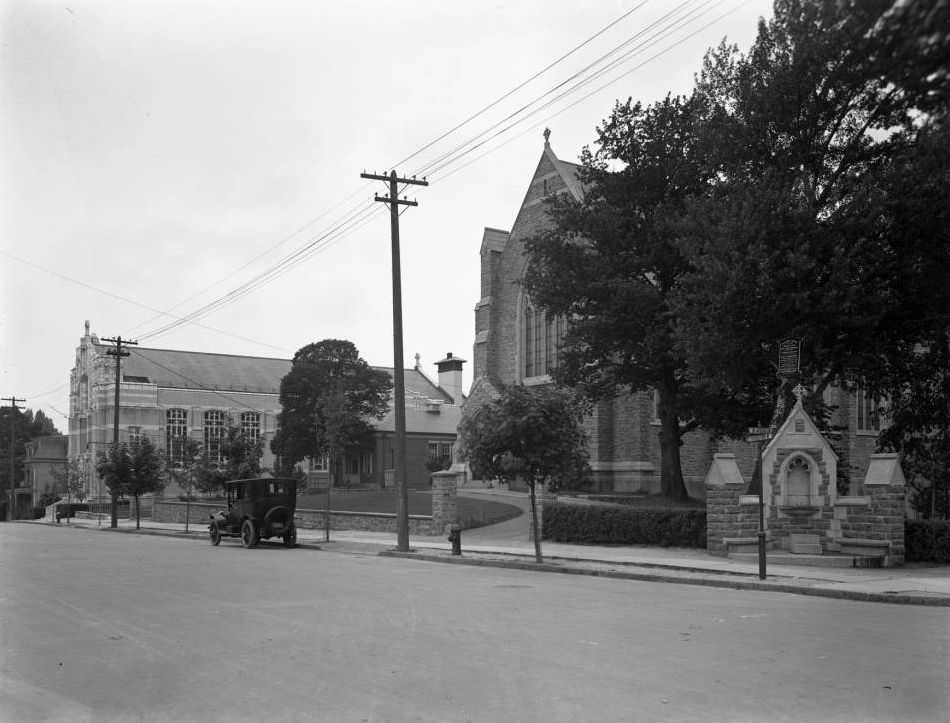
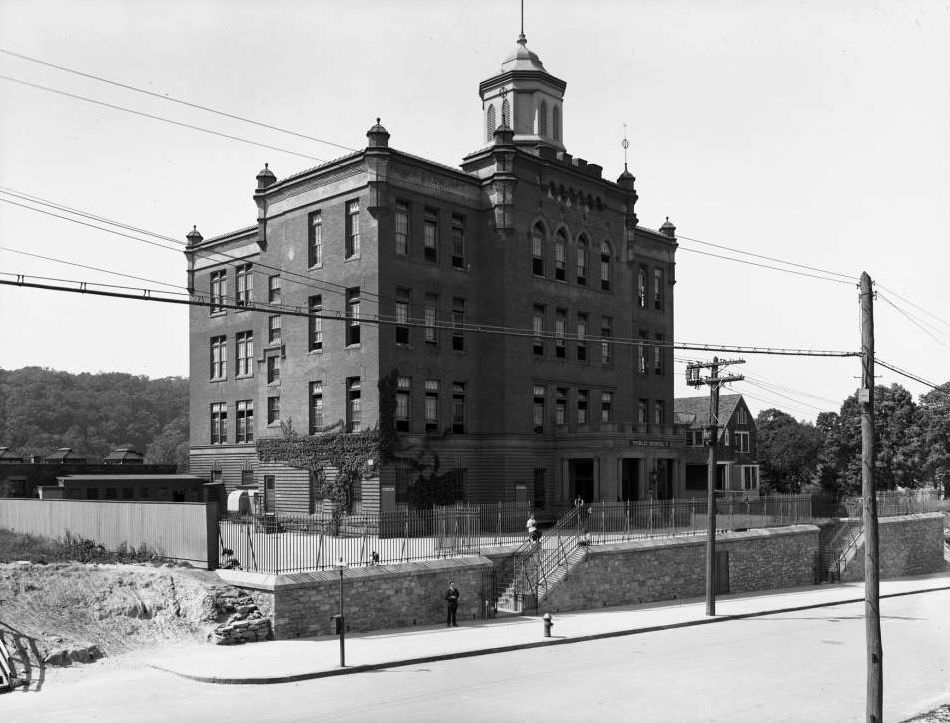
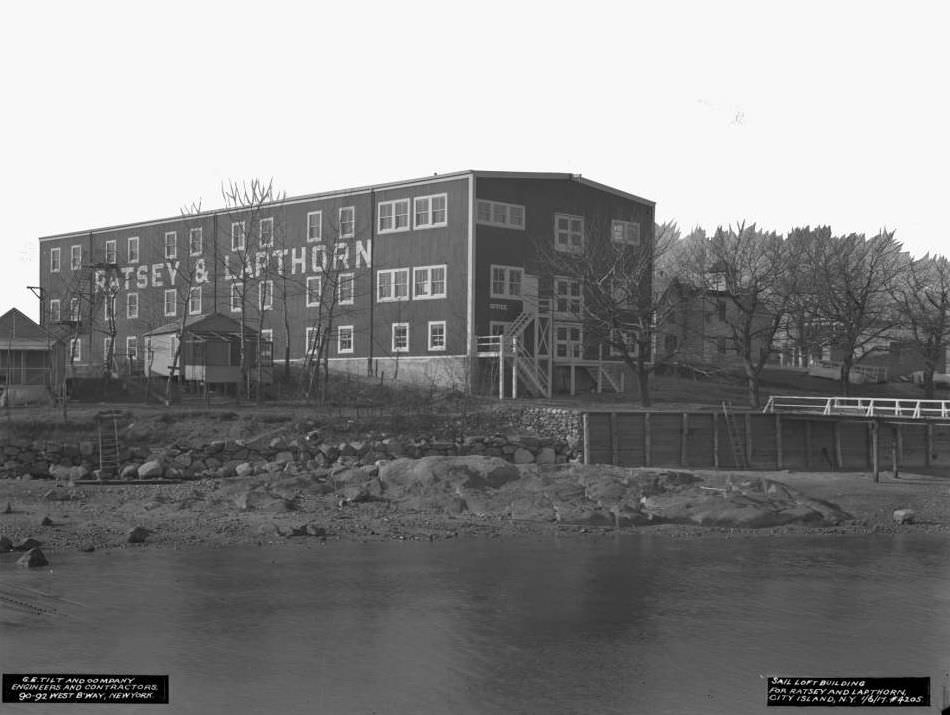
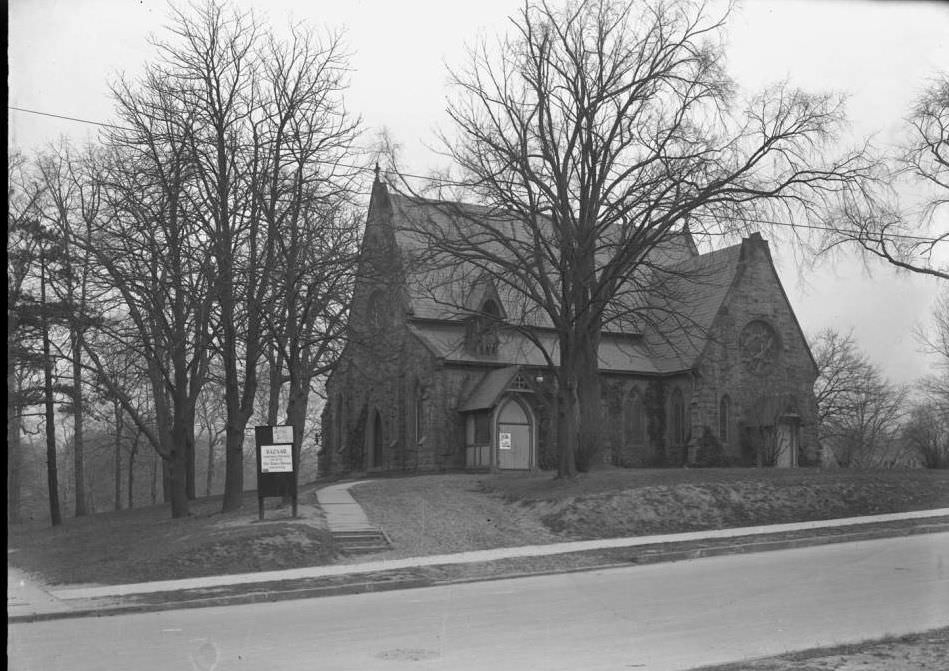
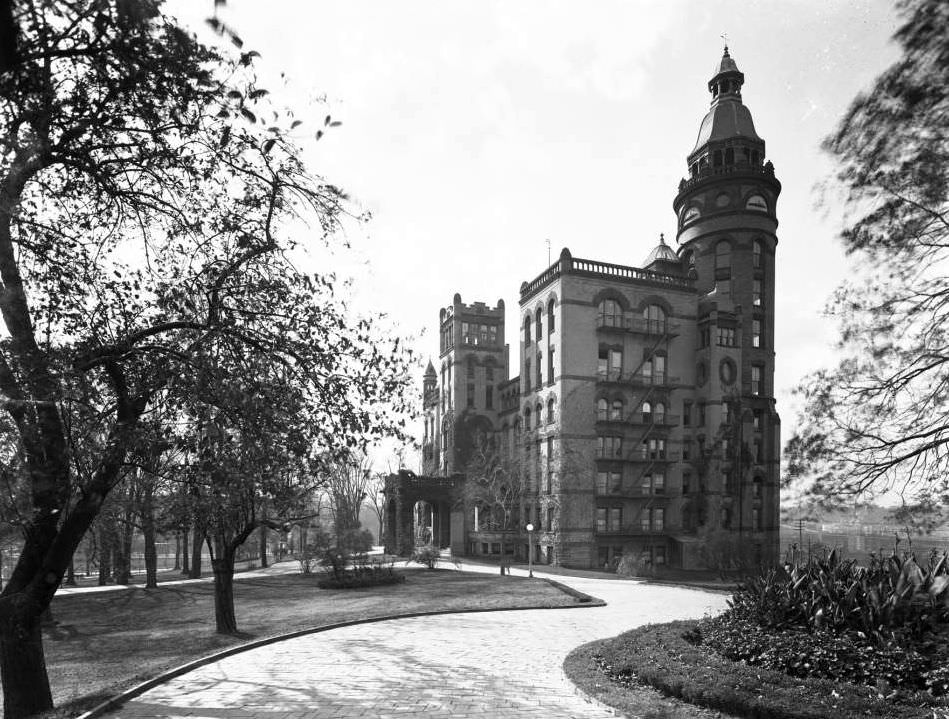
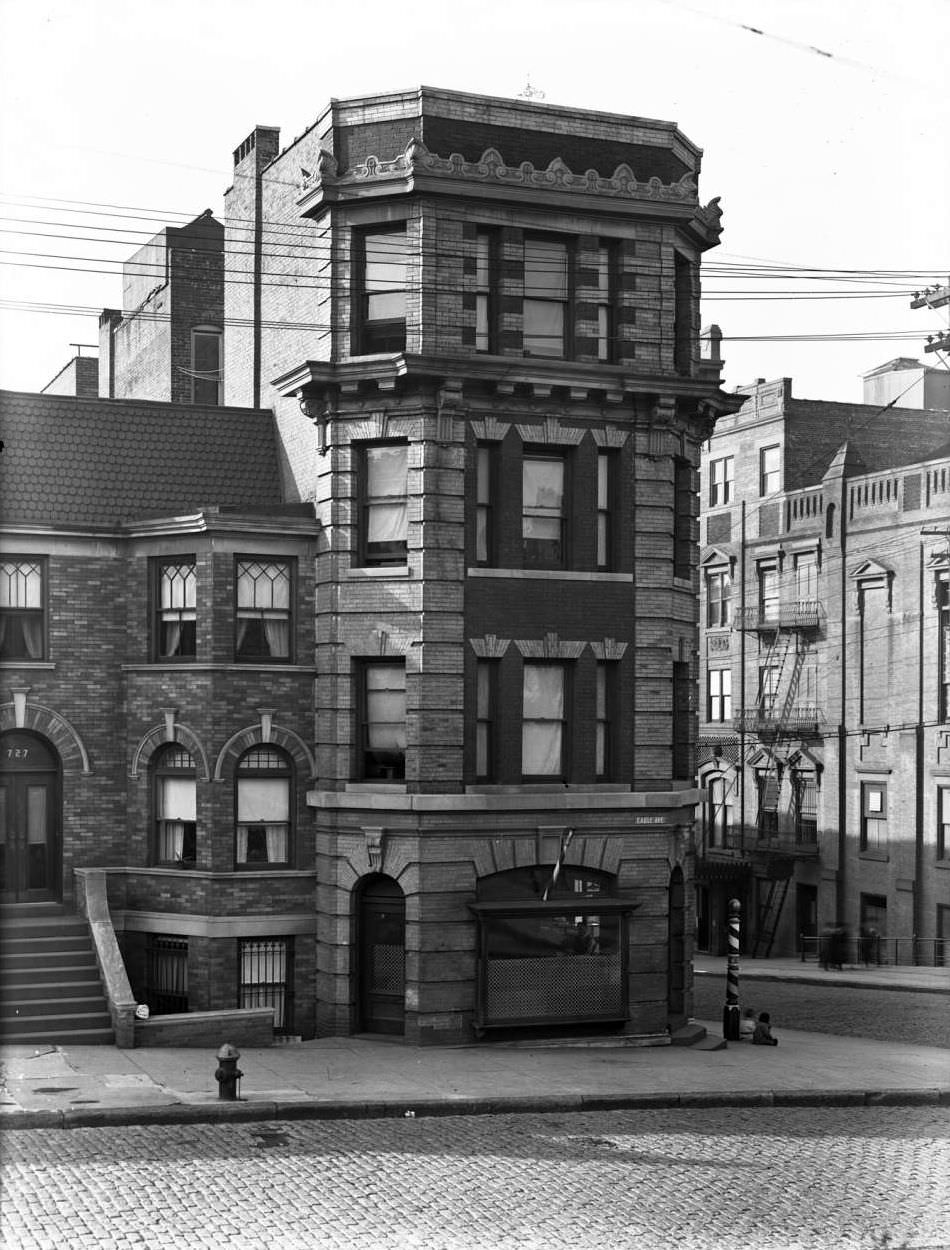
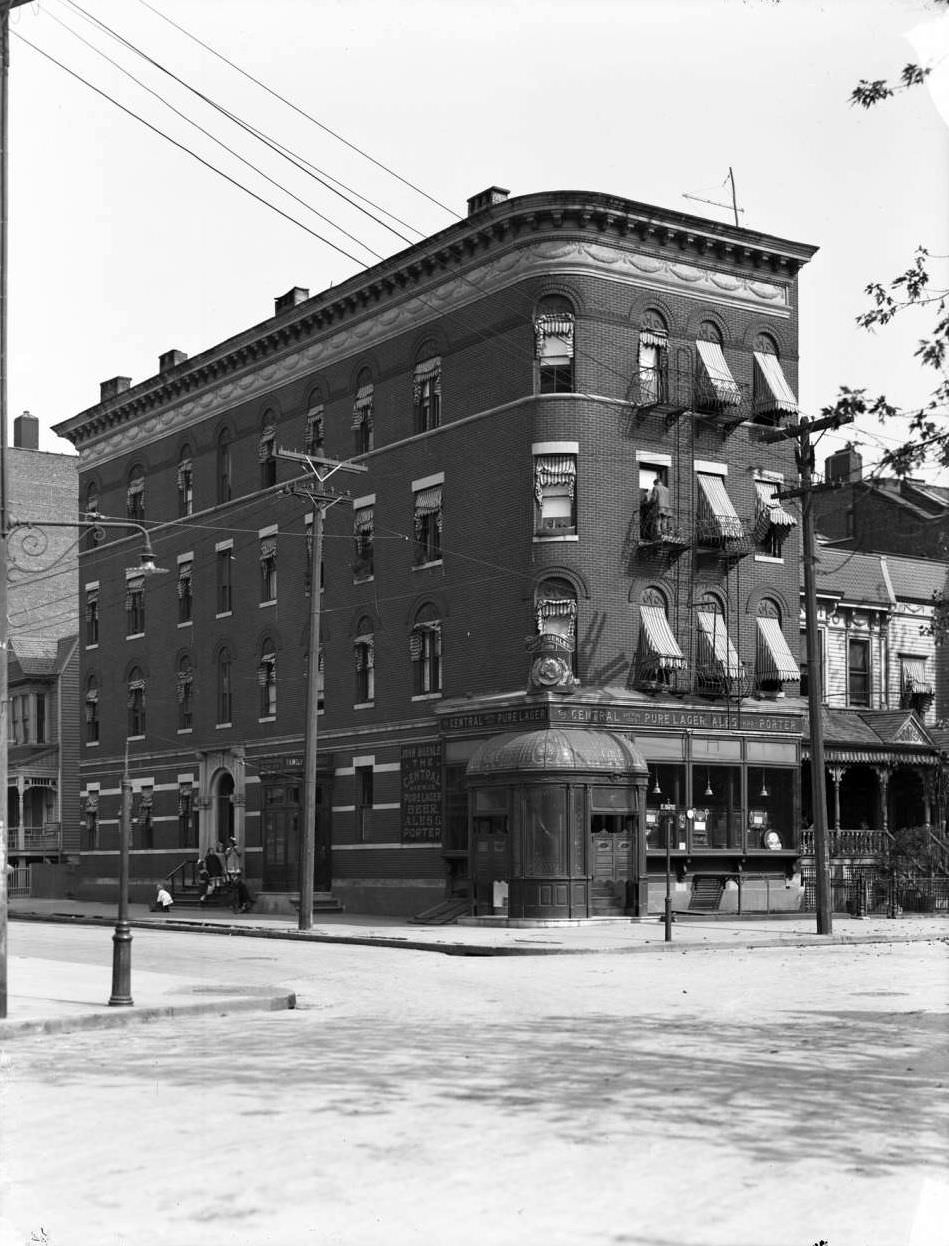
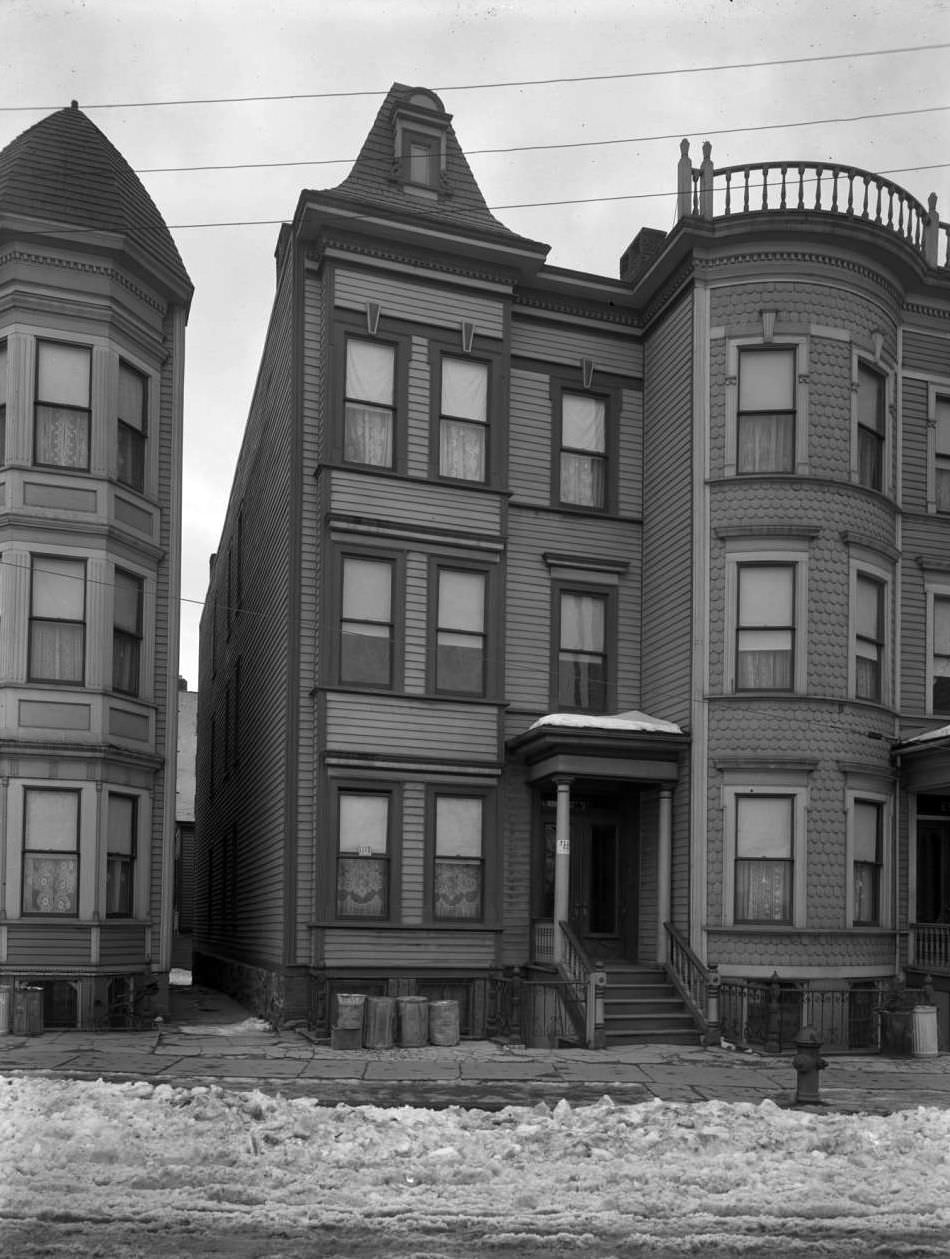
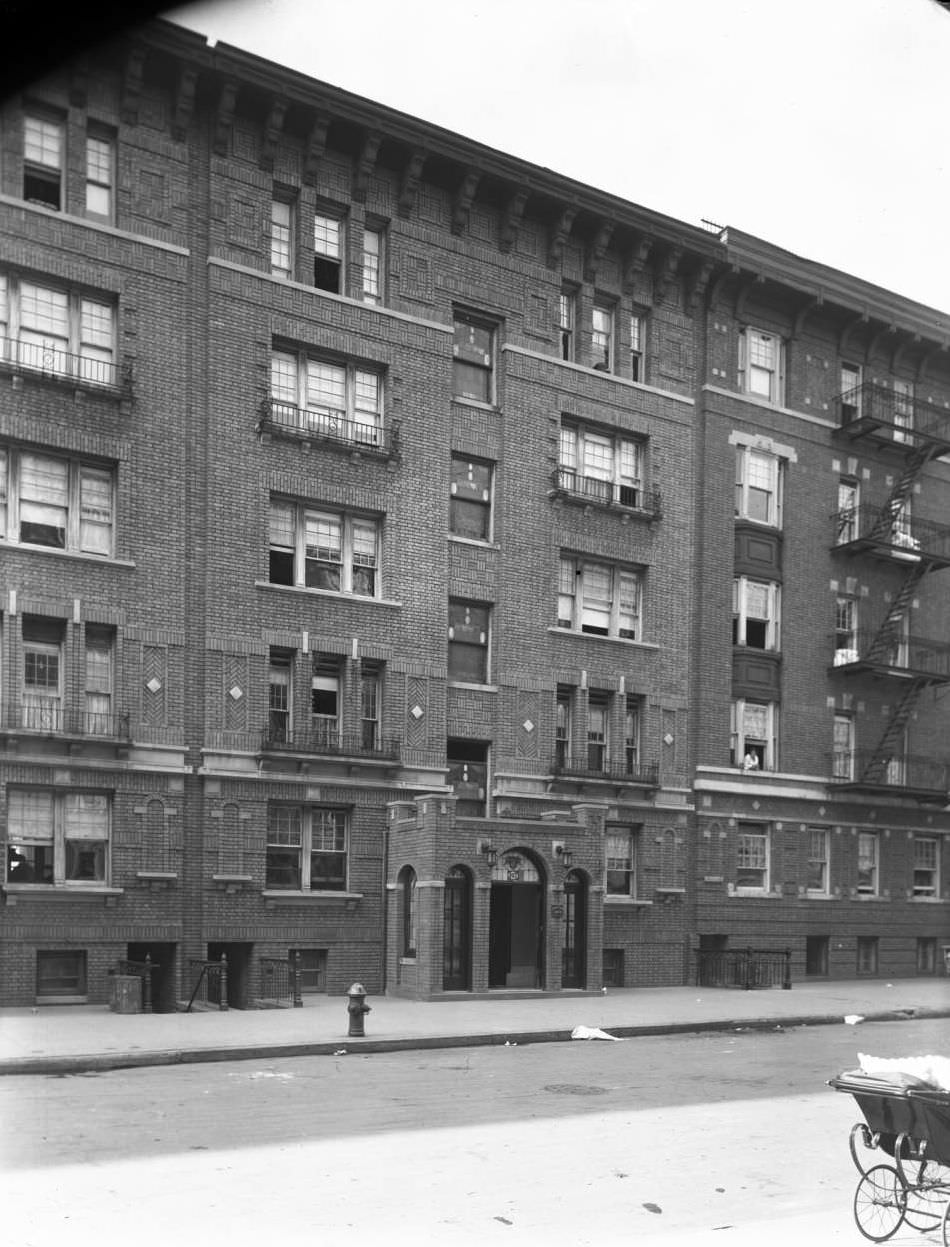
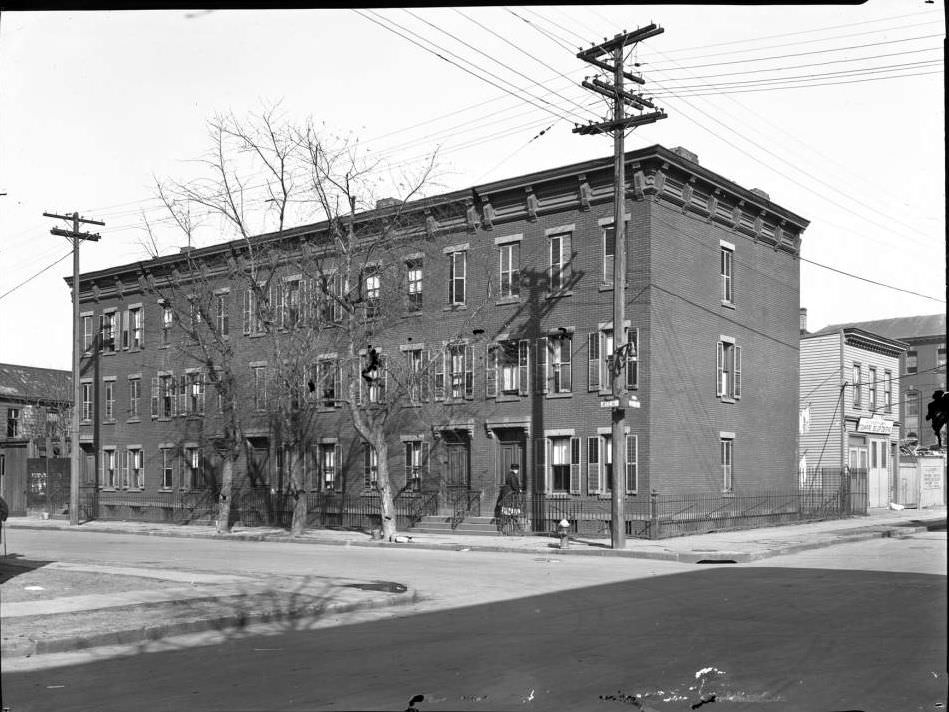
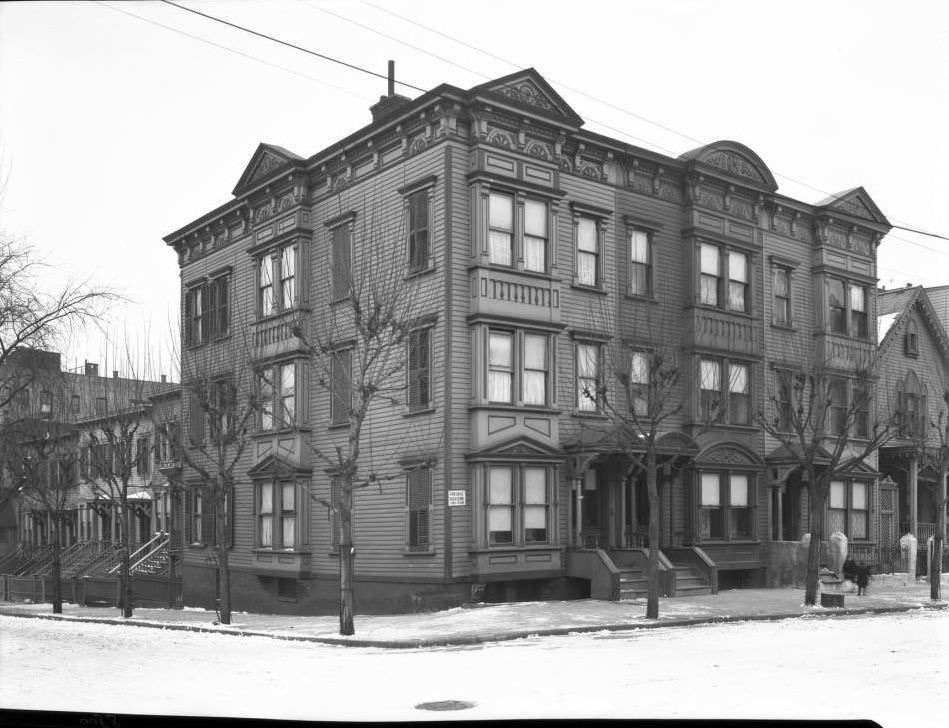
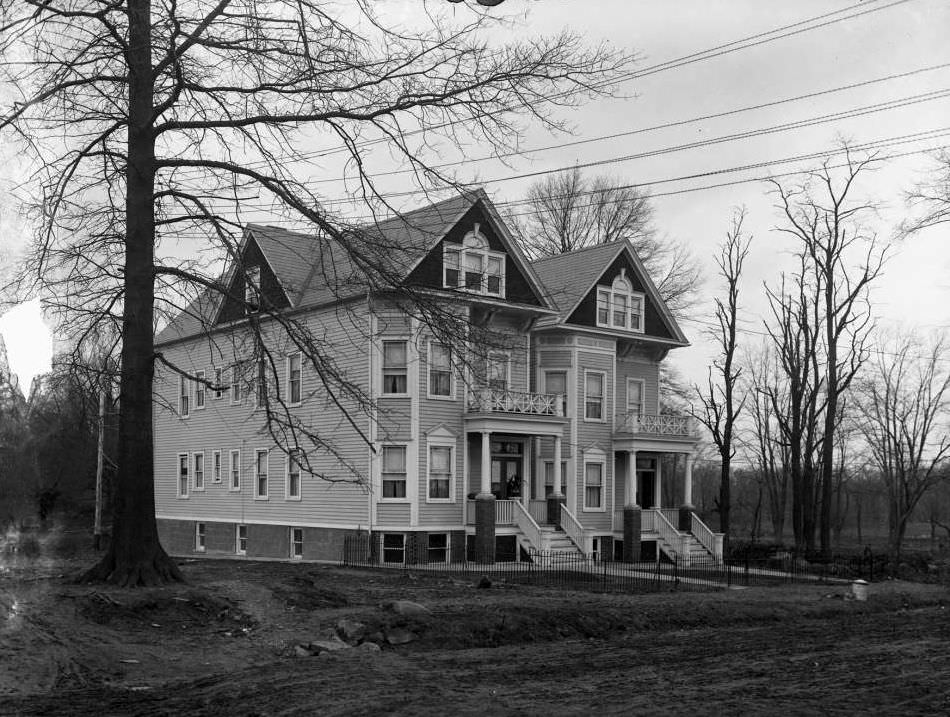
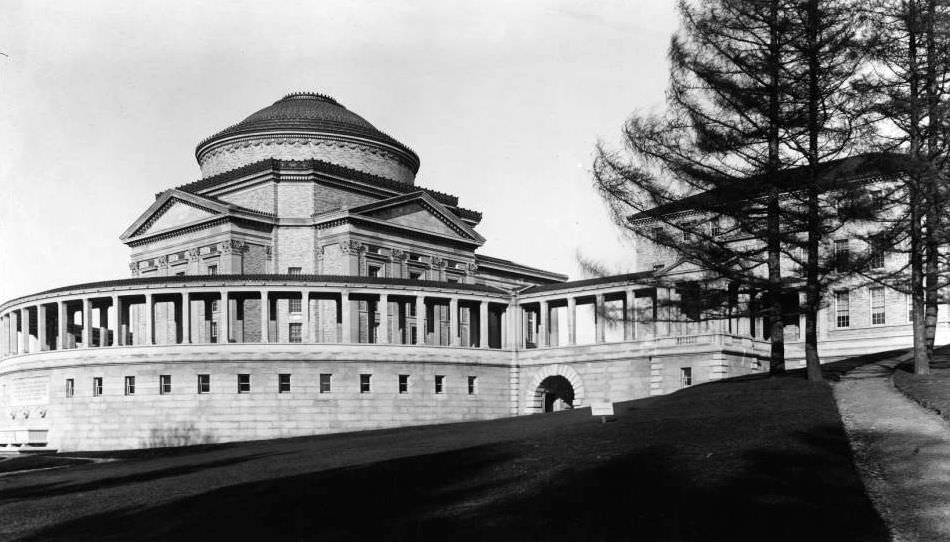
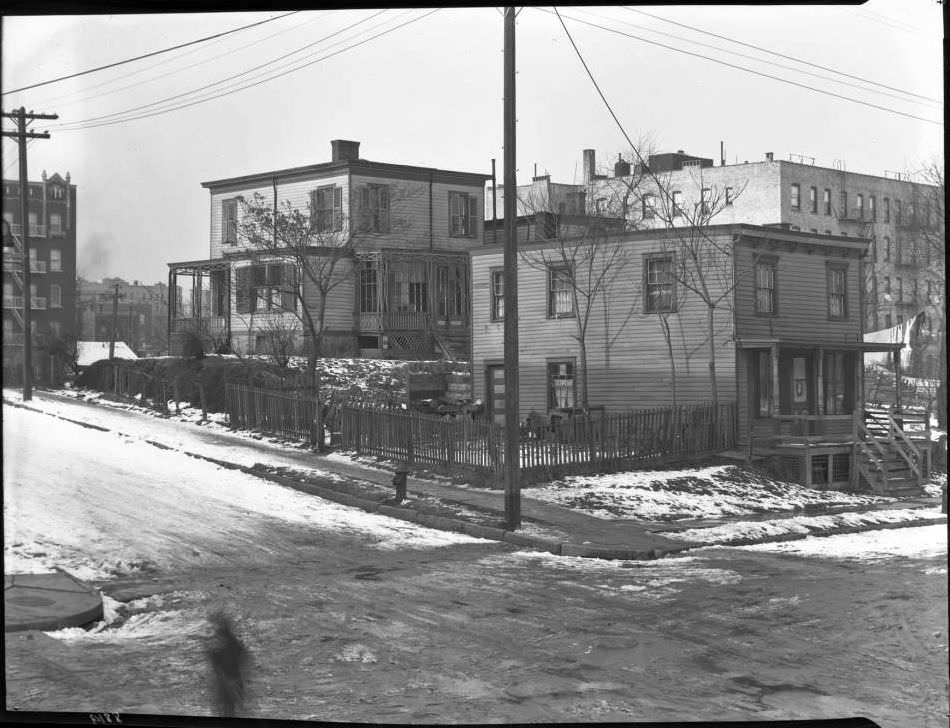
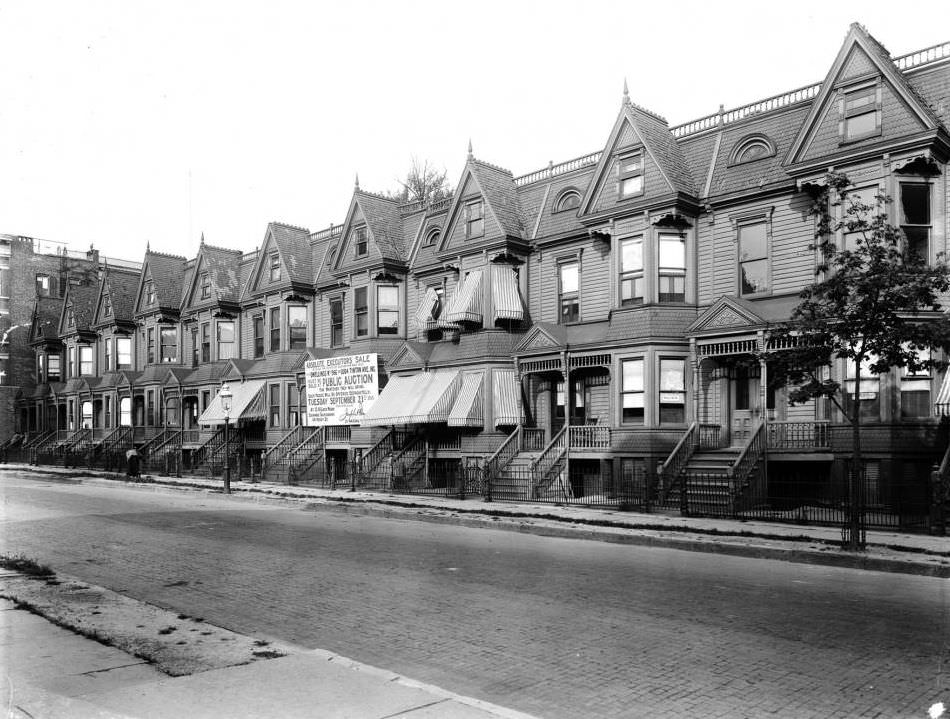
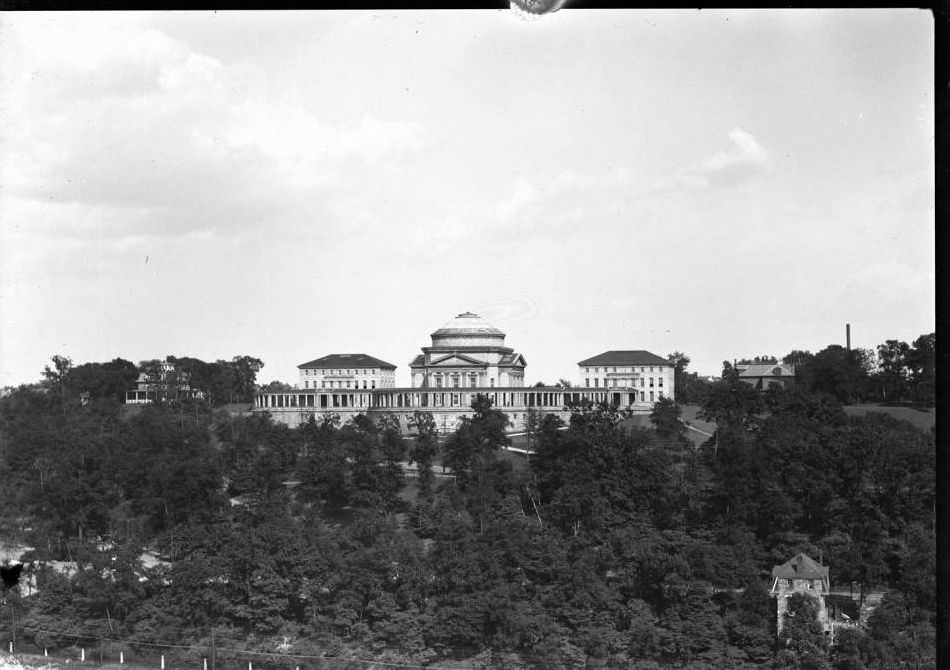
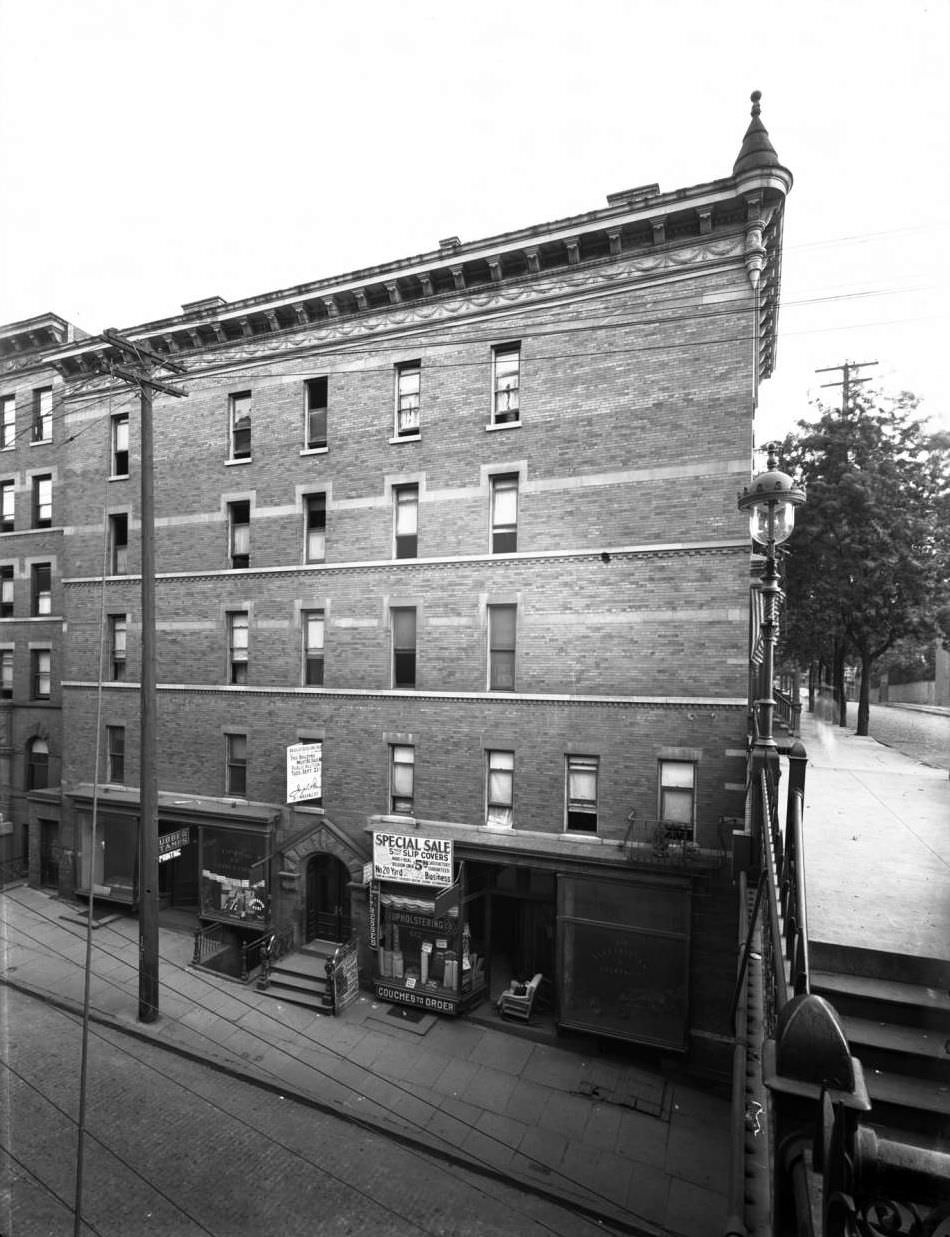
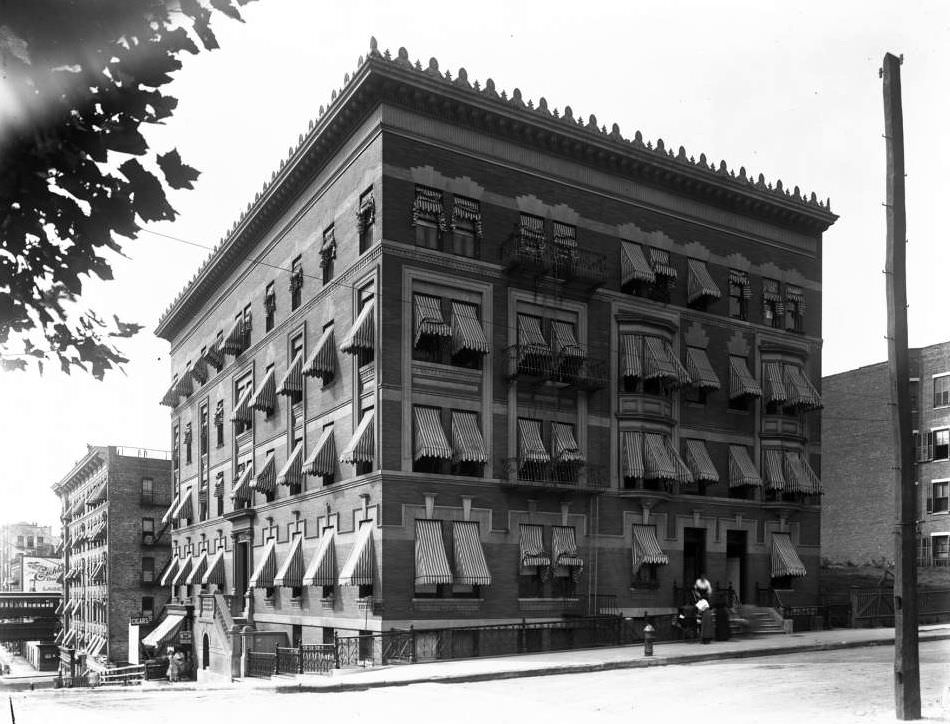

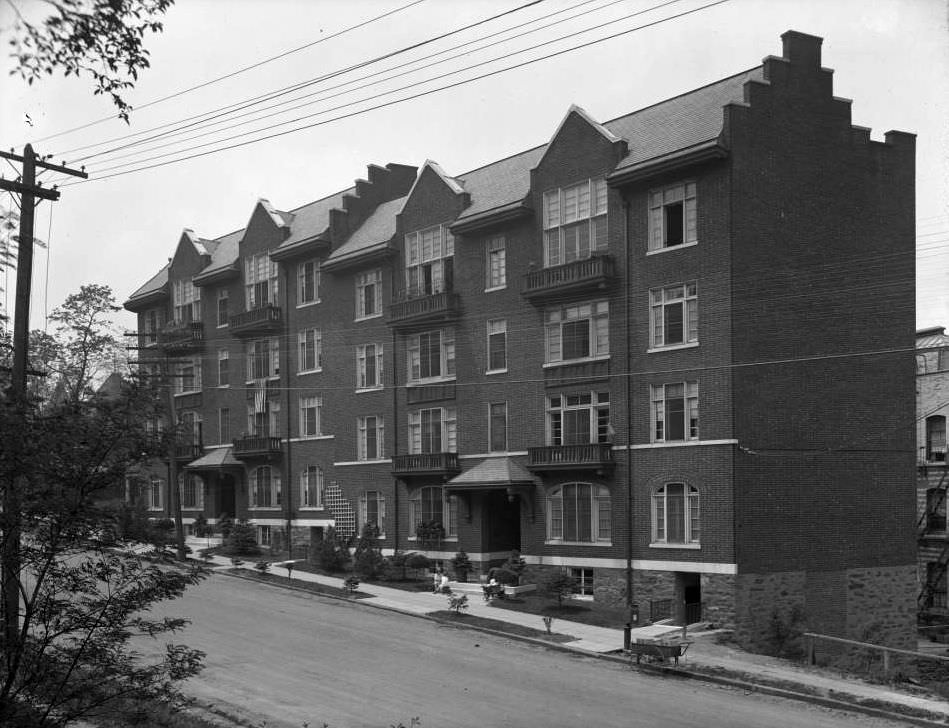
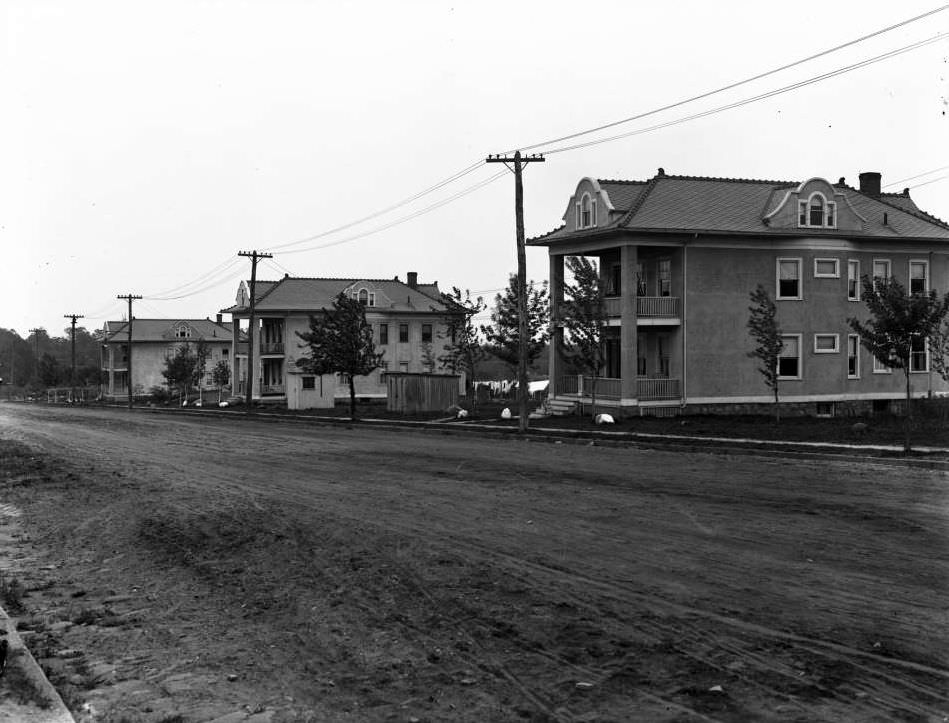
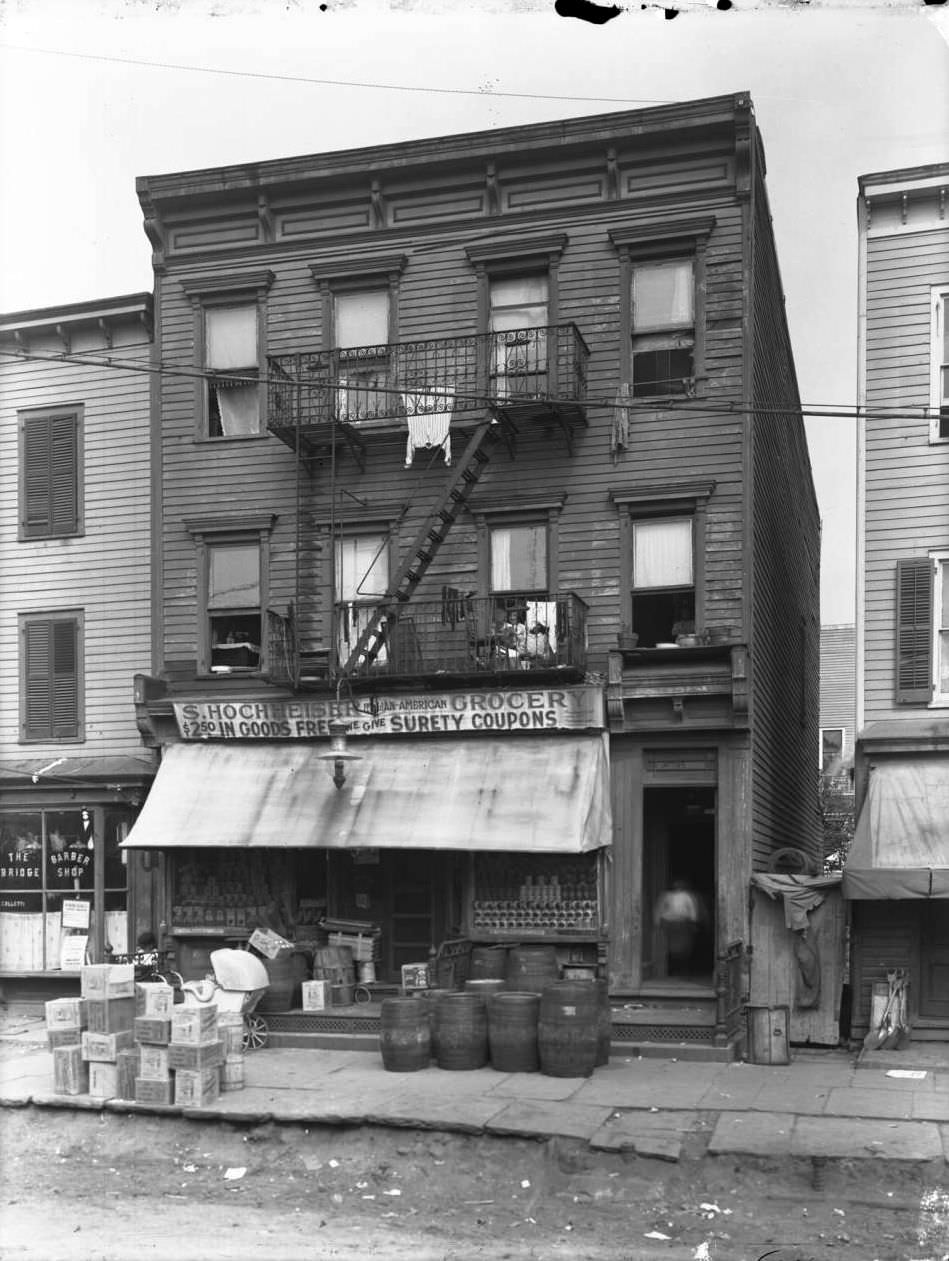
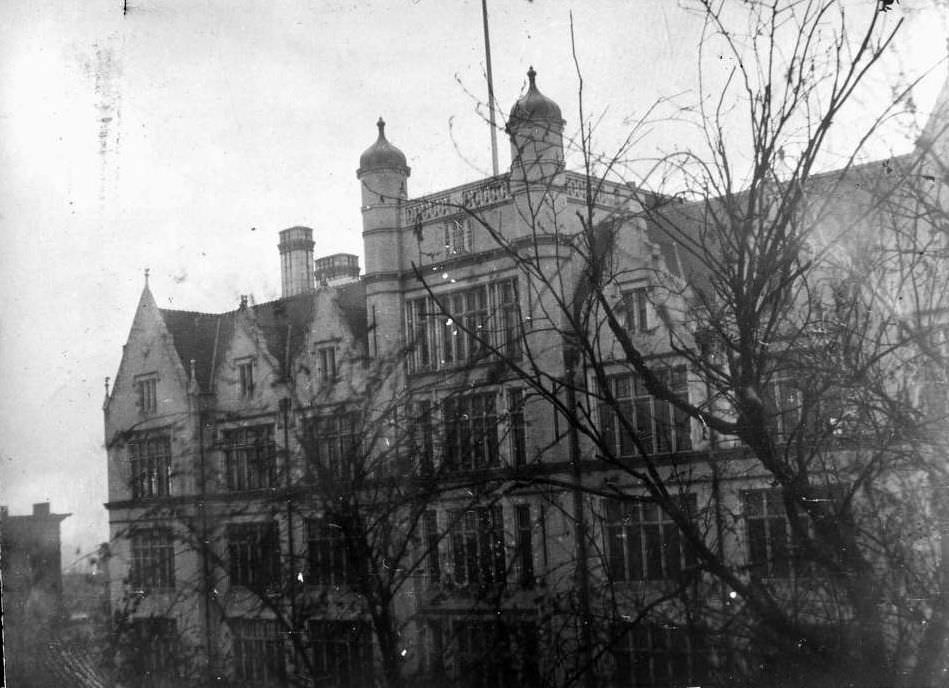
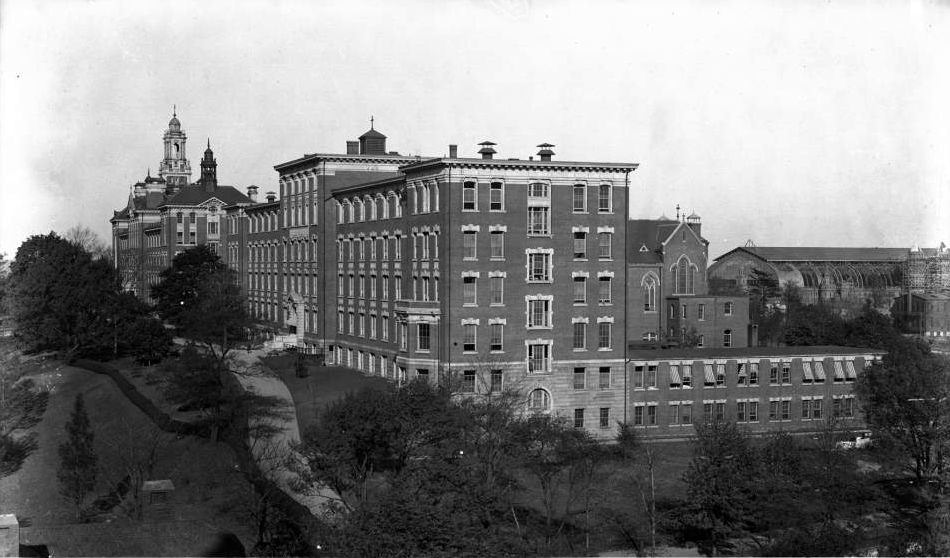
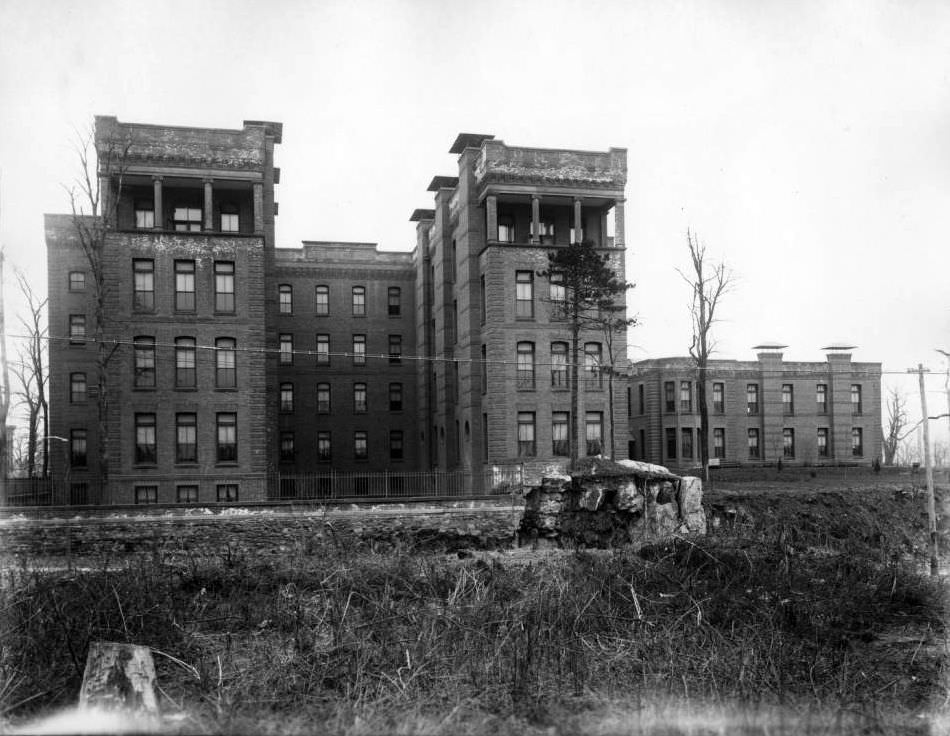

GIPHY App Key not set. Please check settings